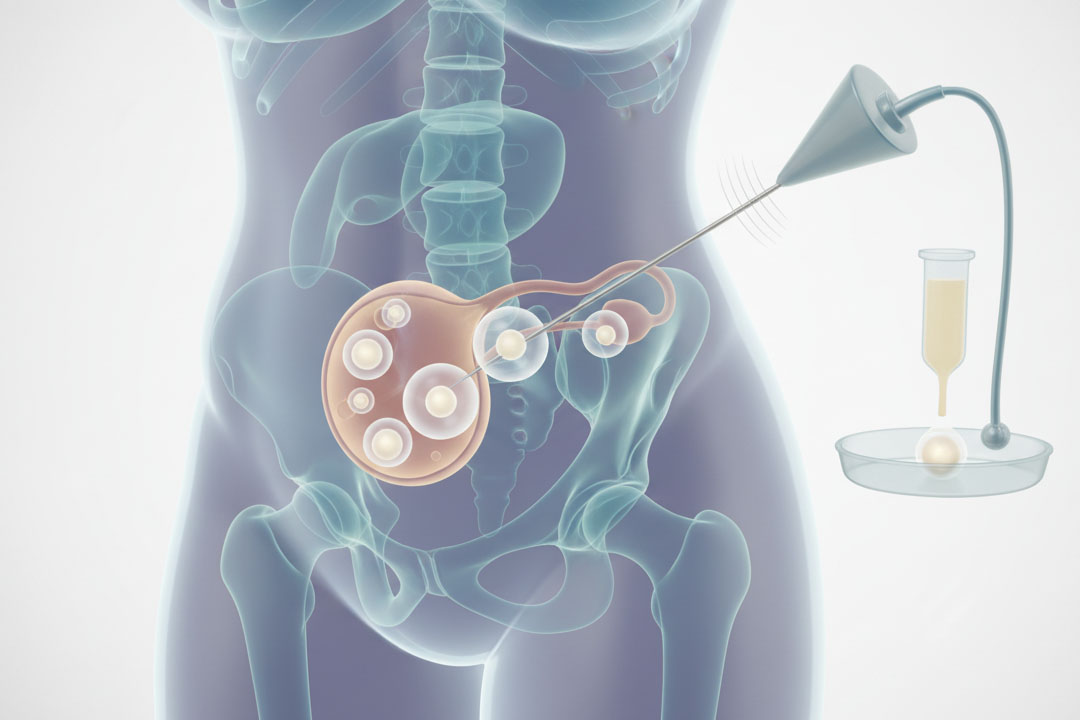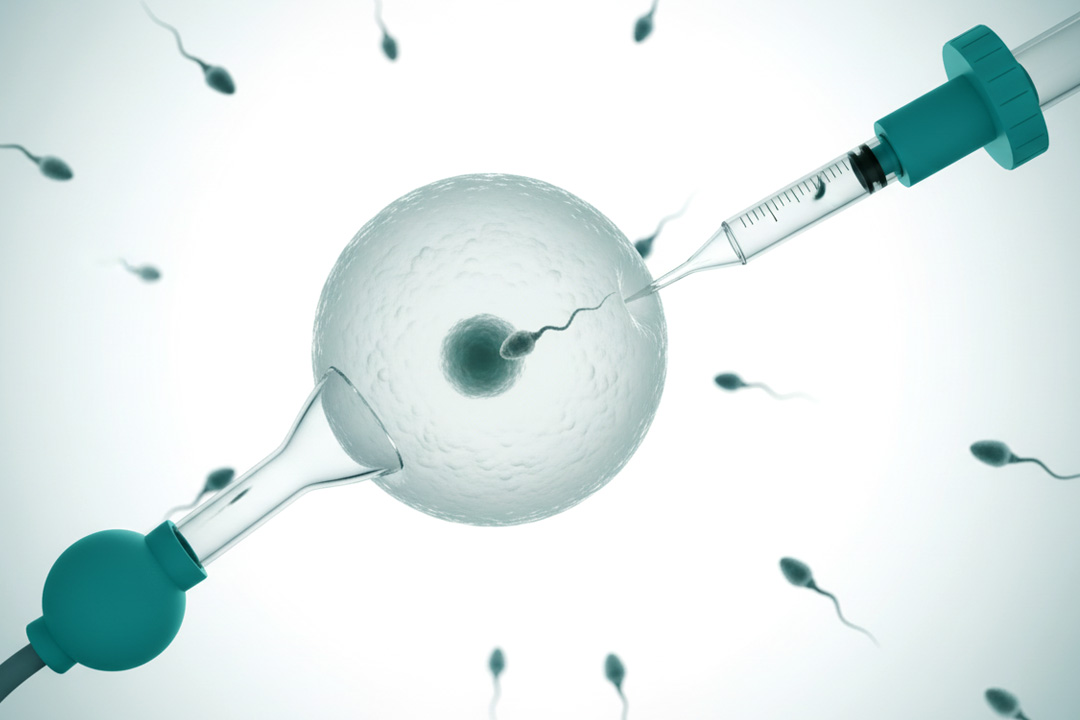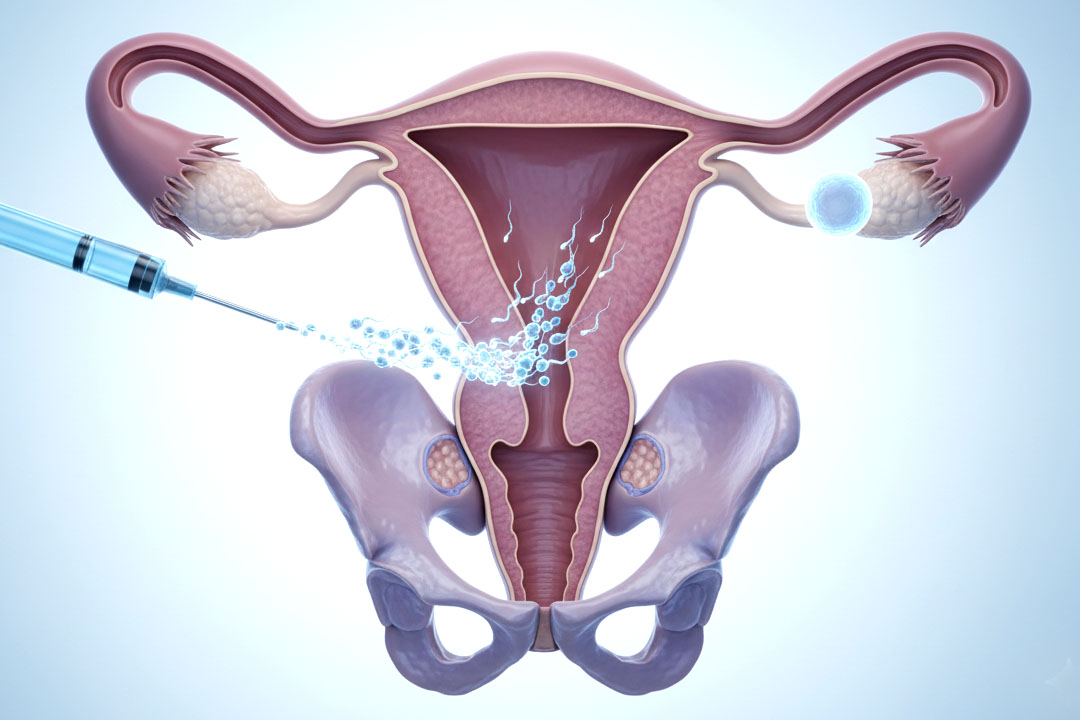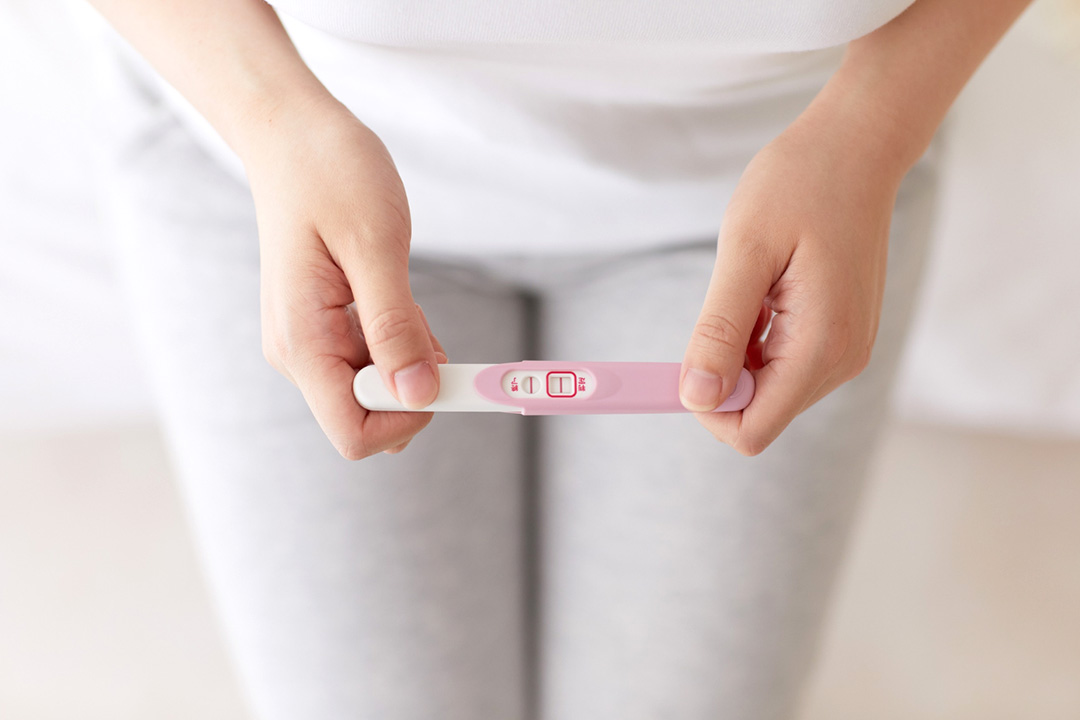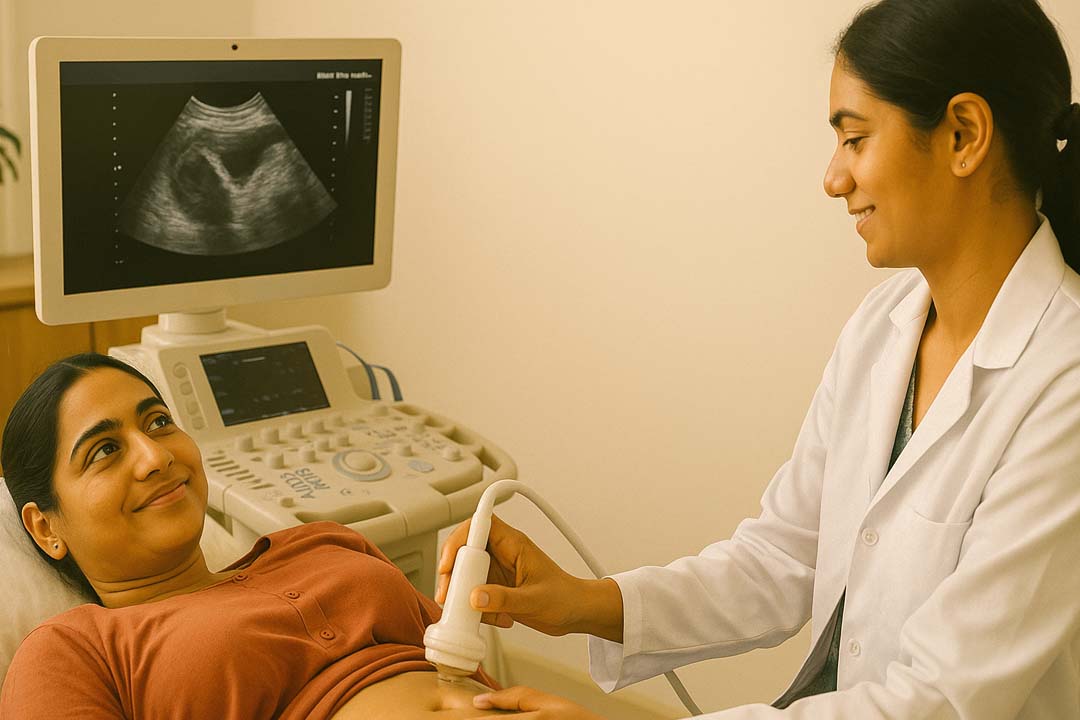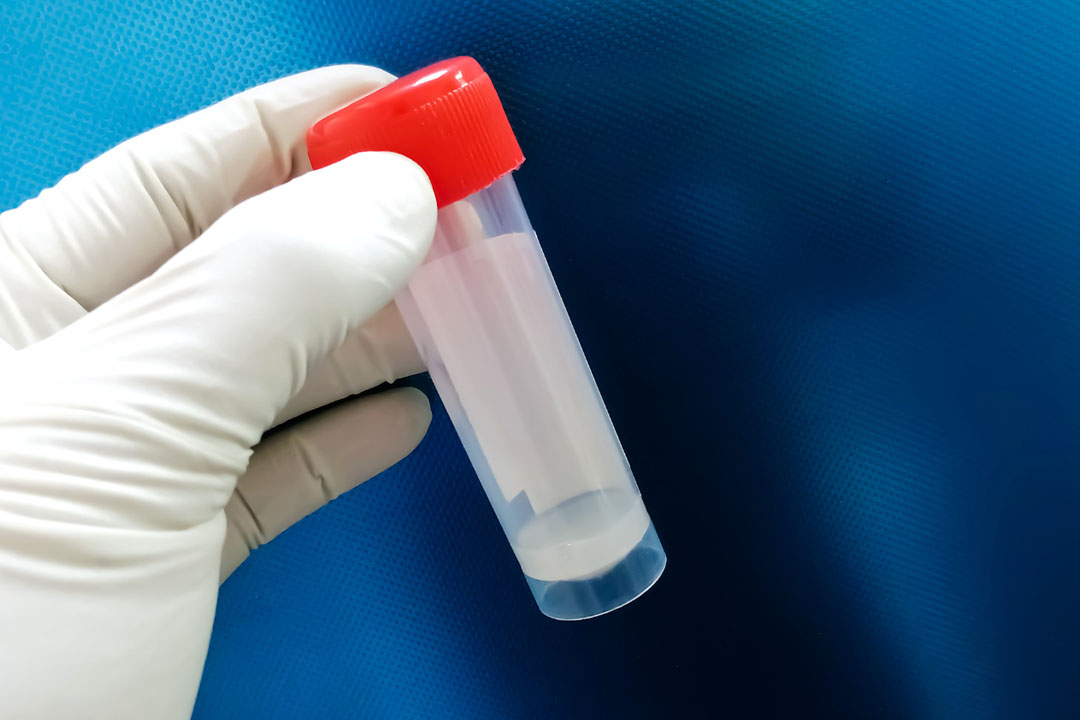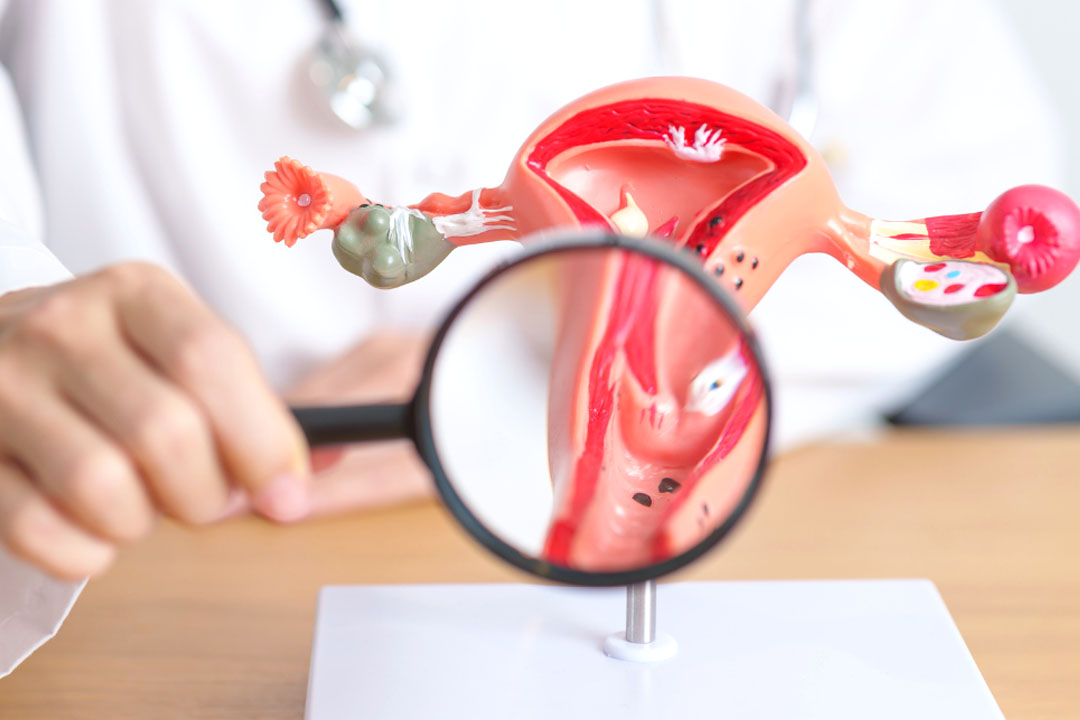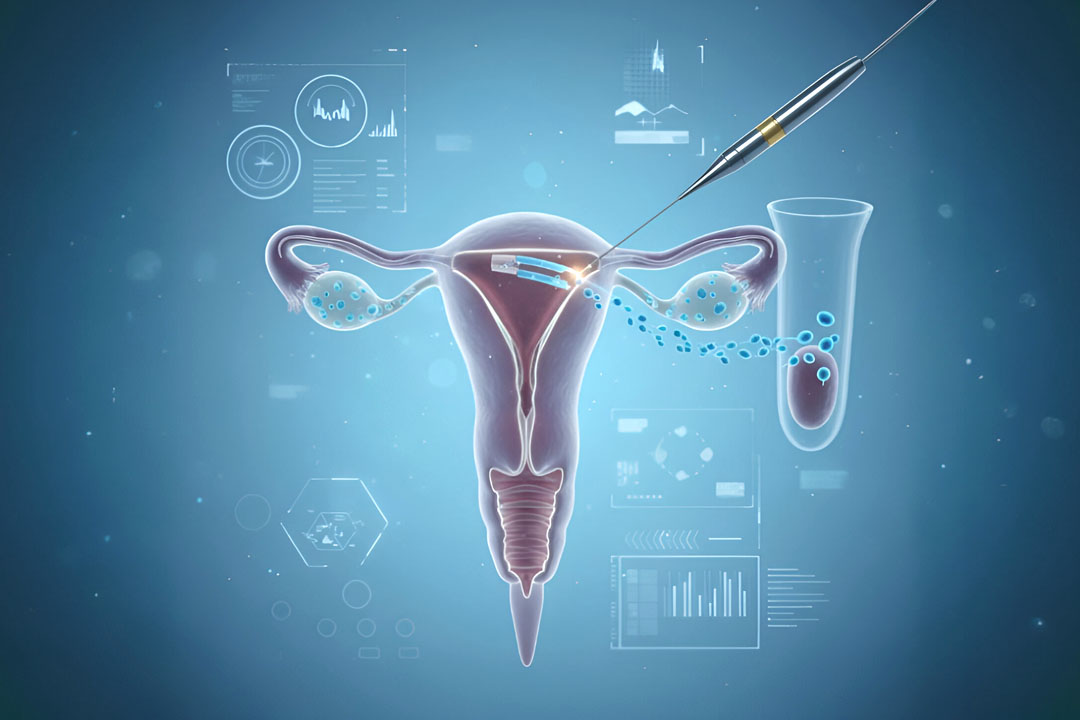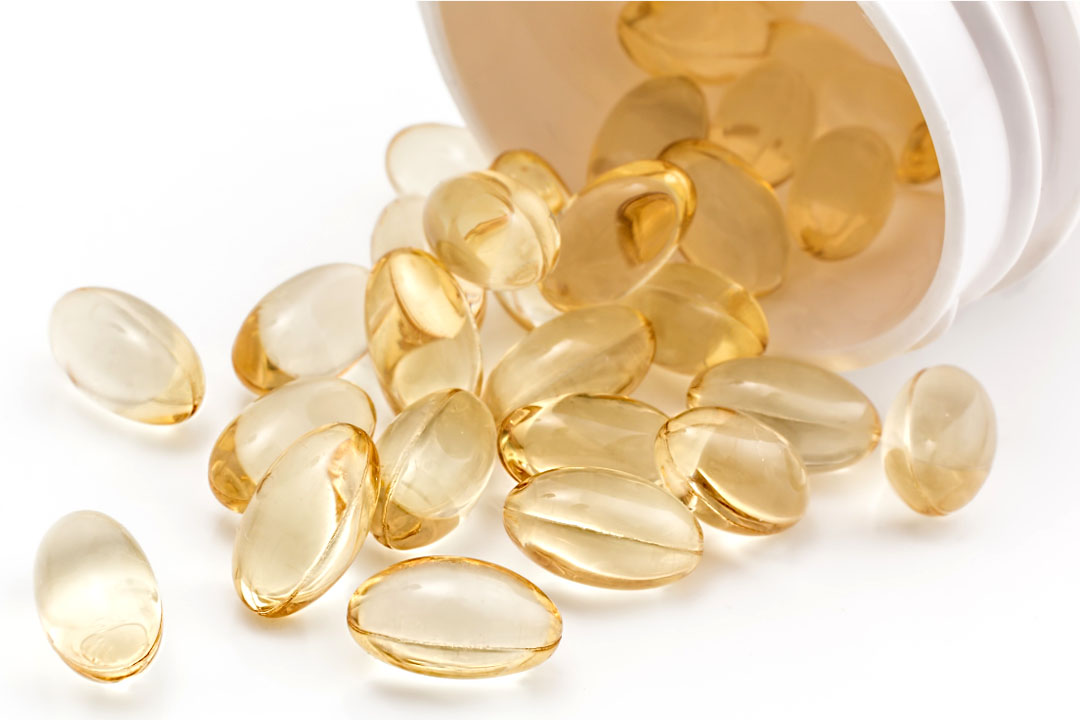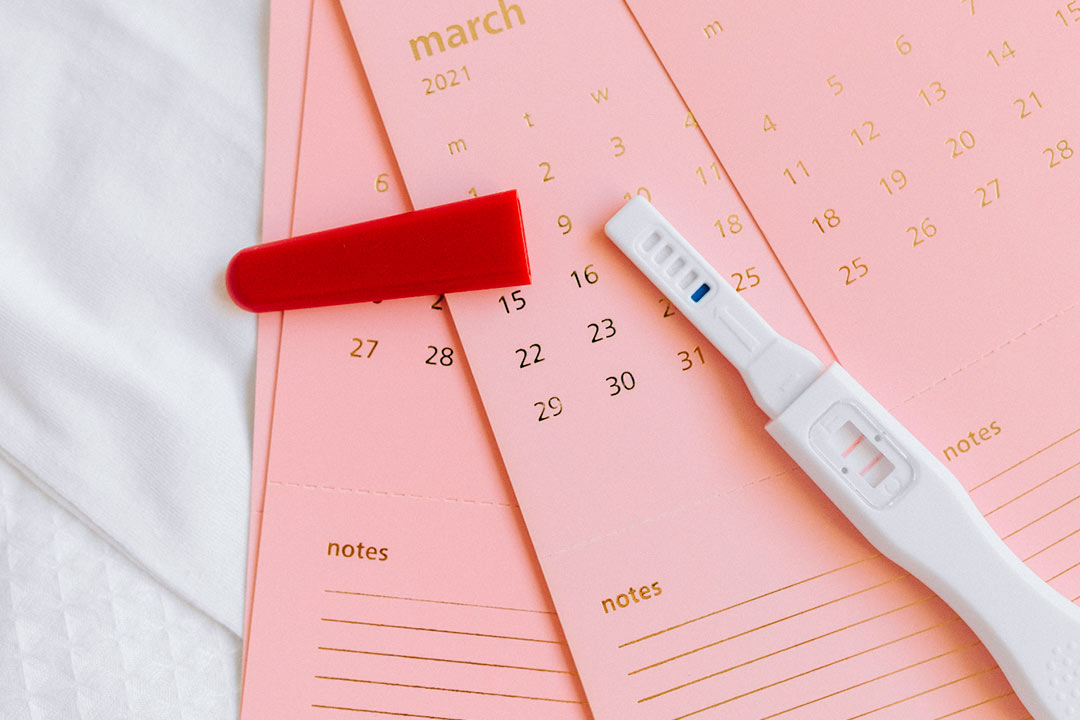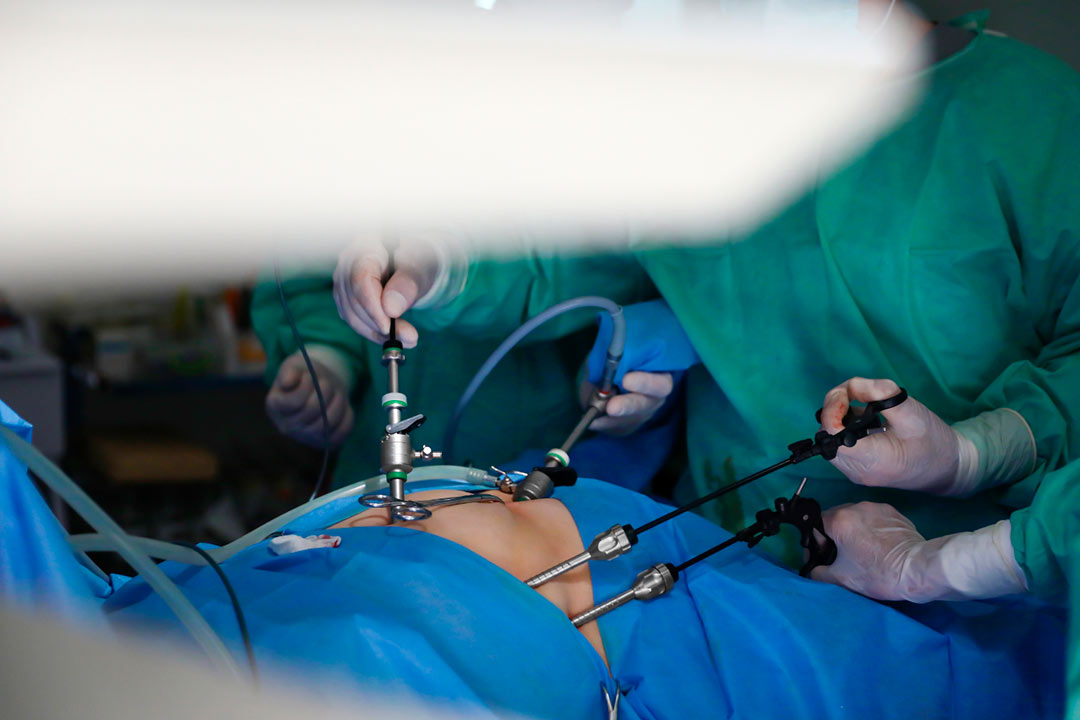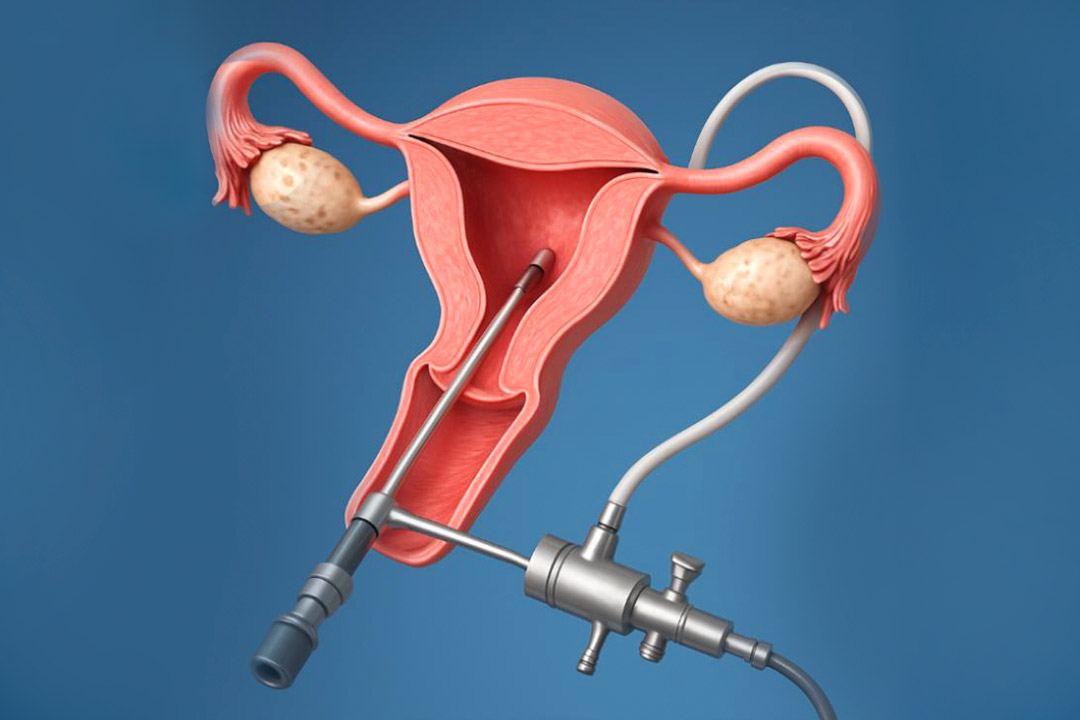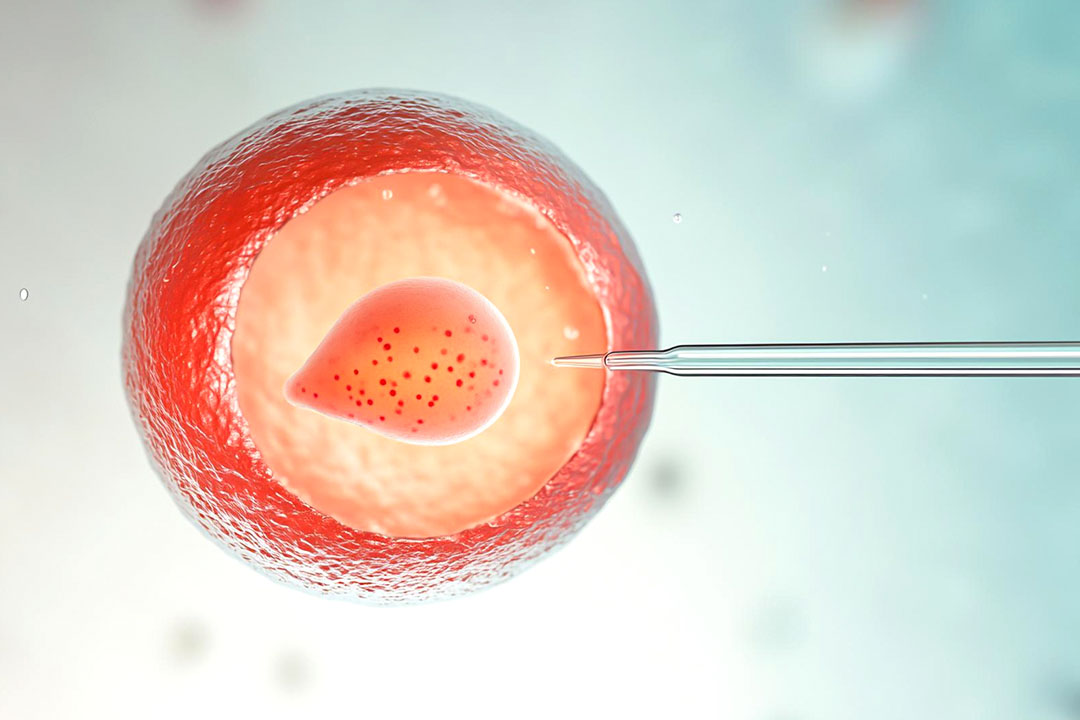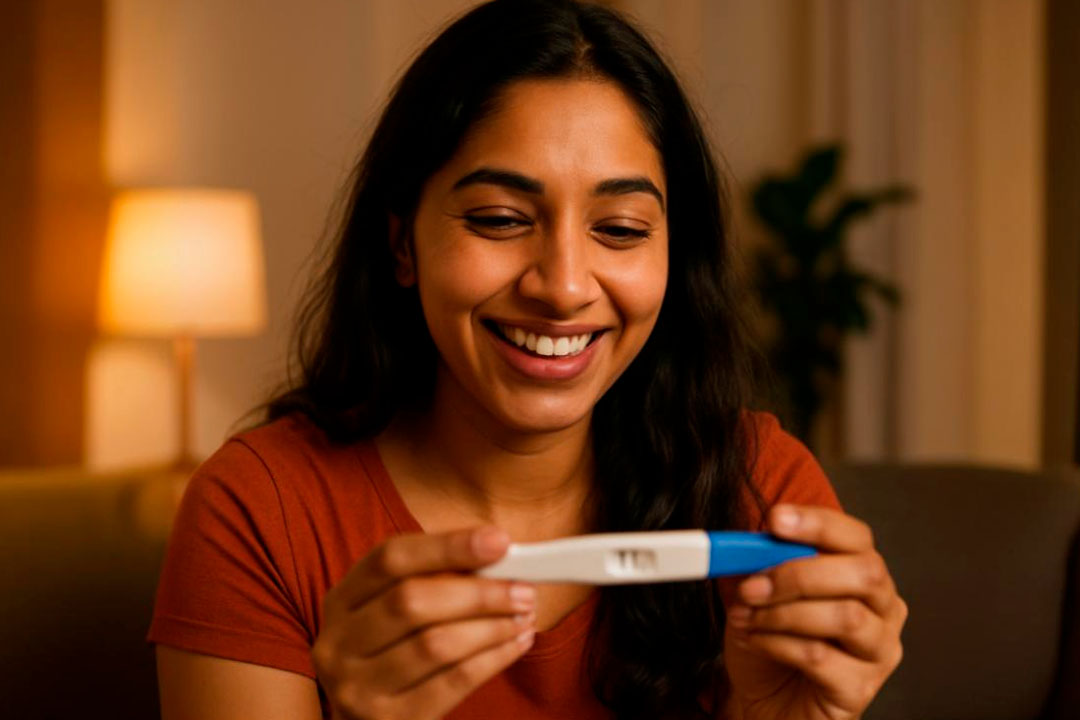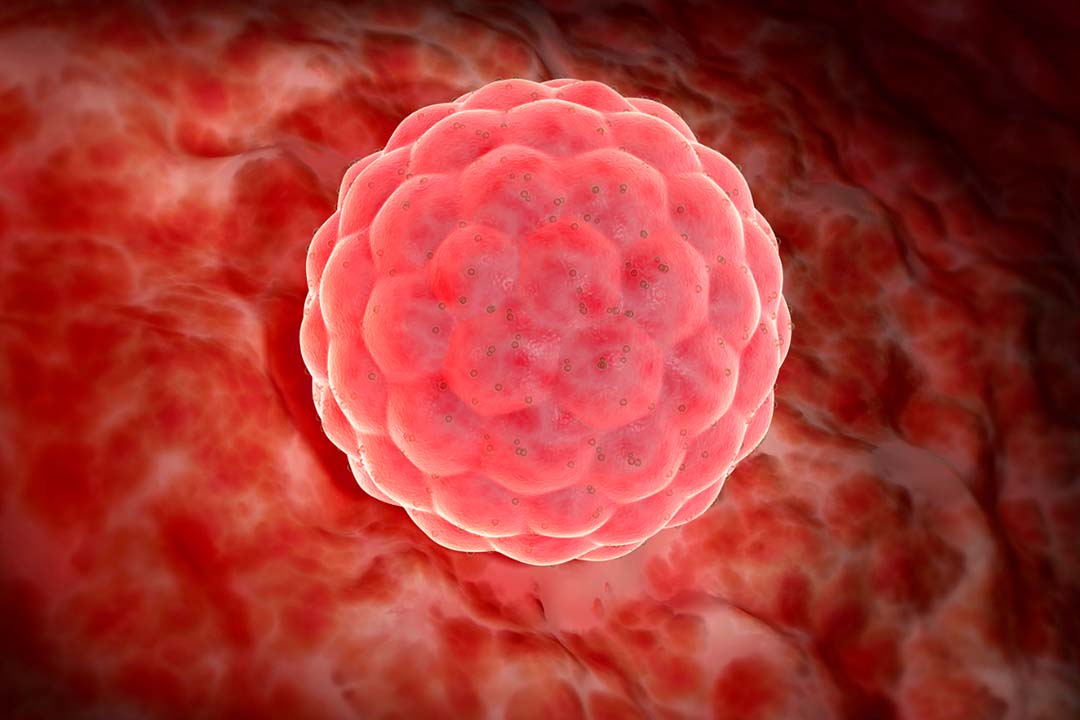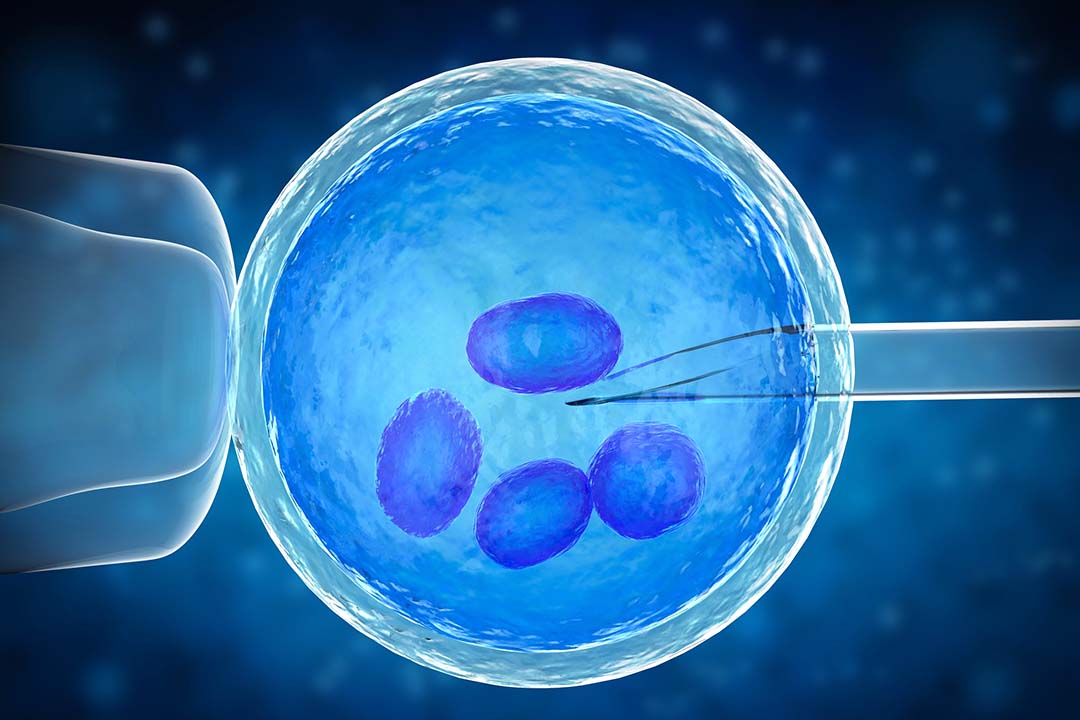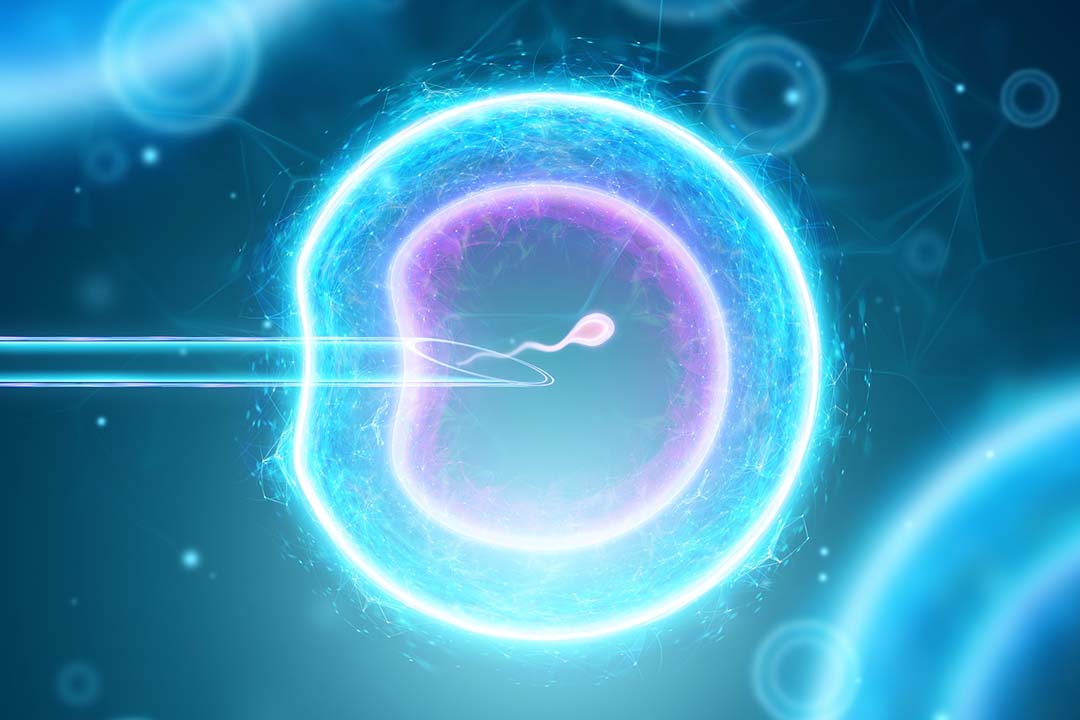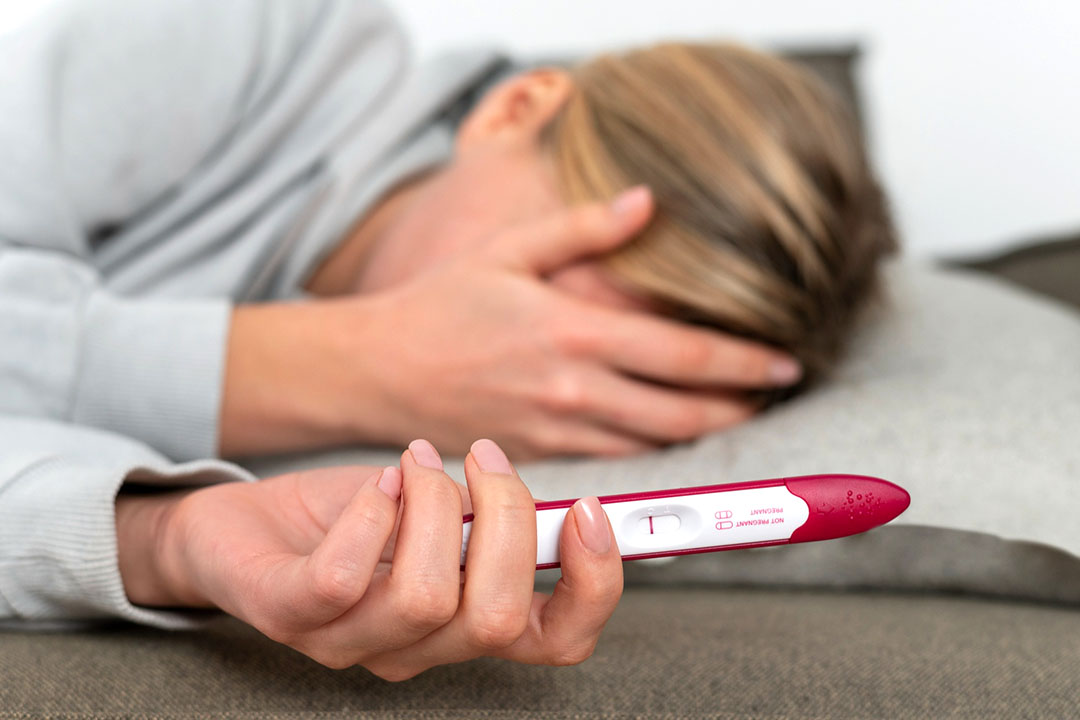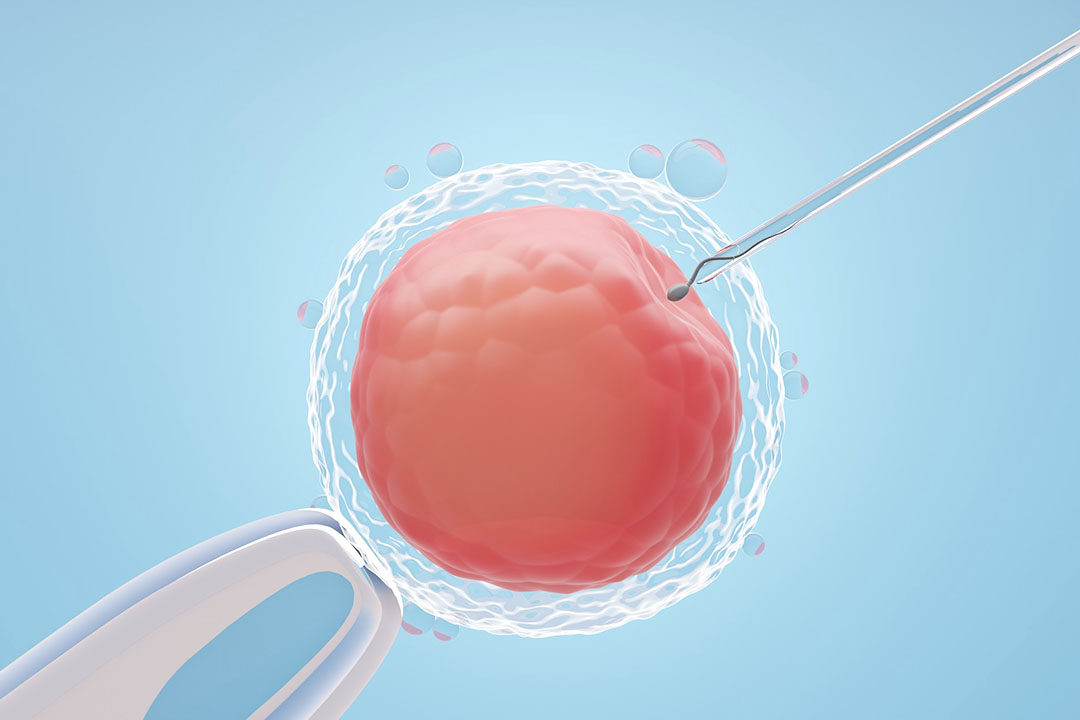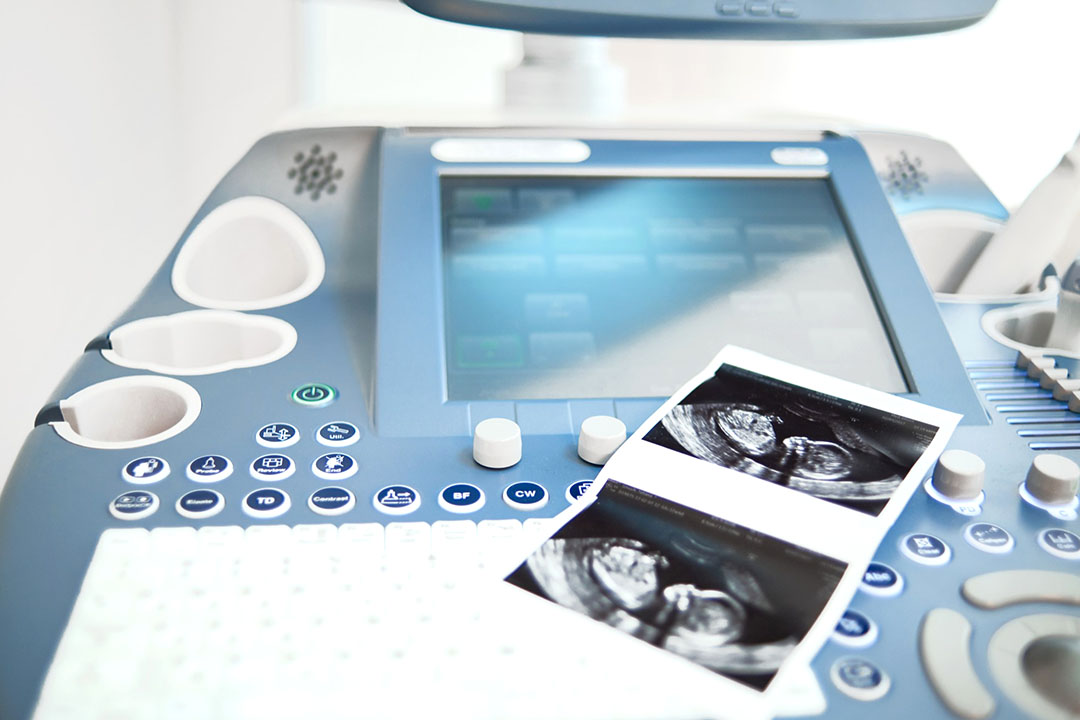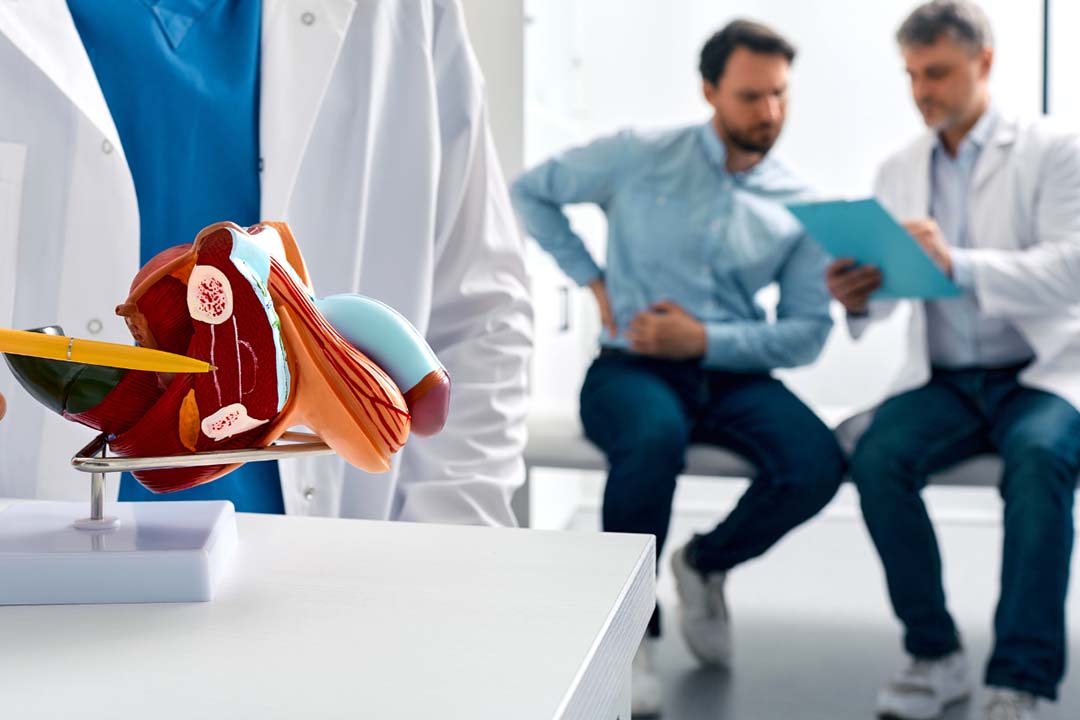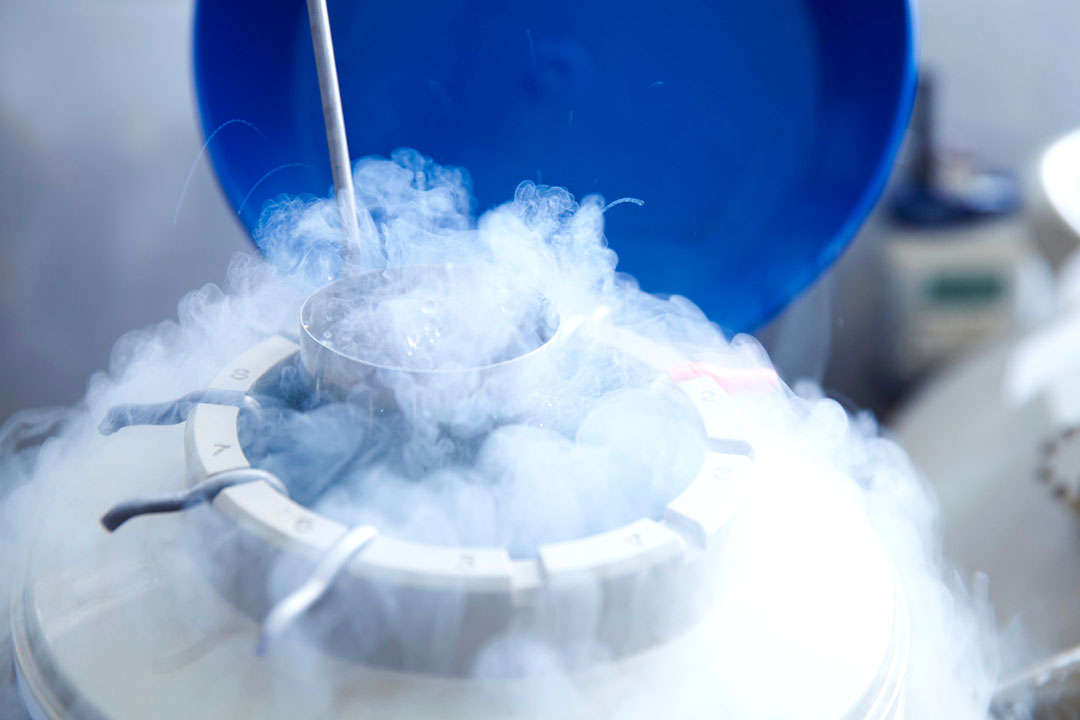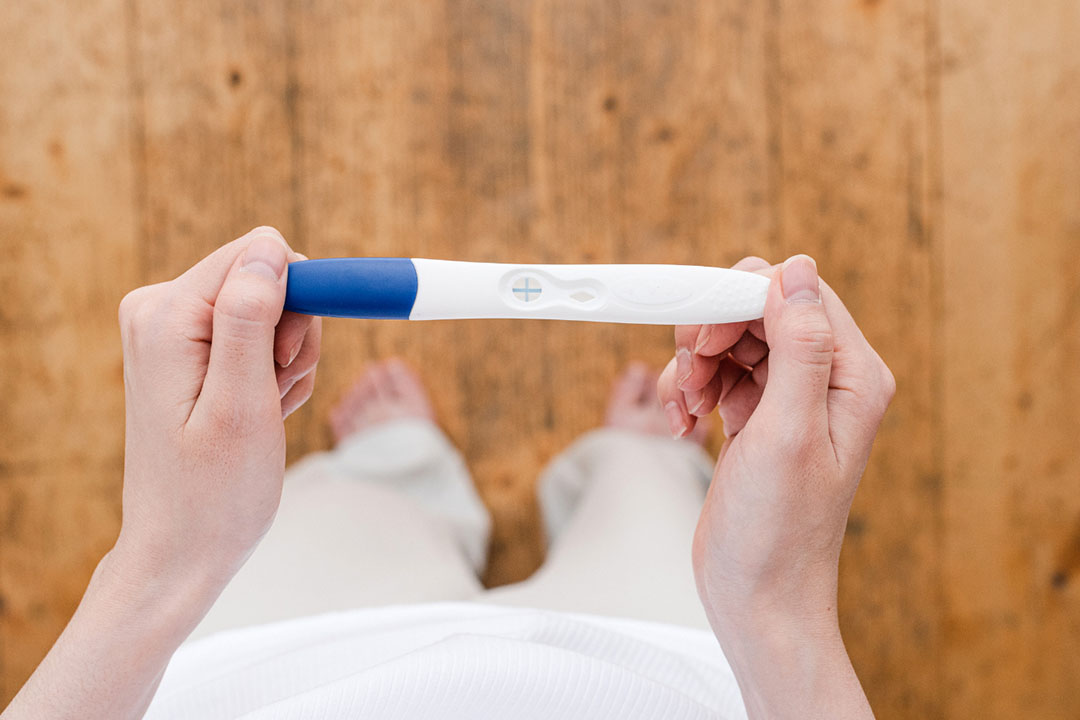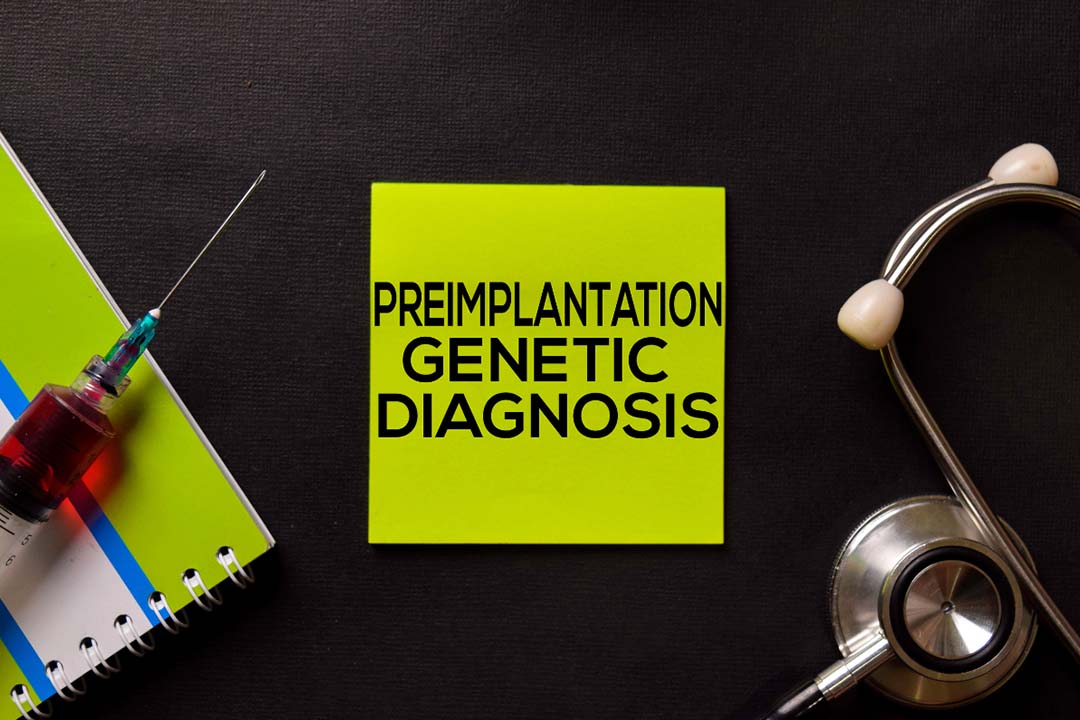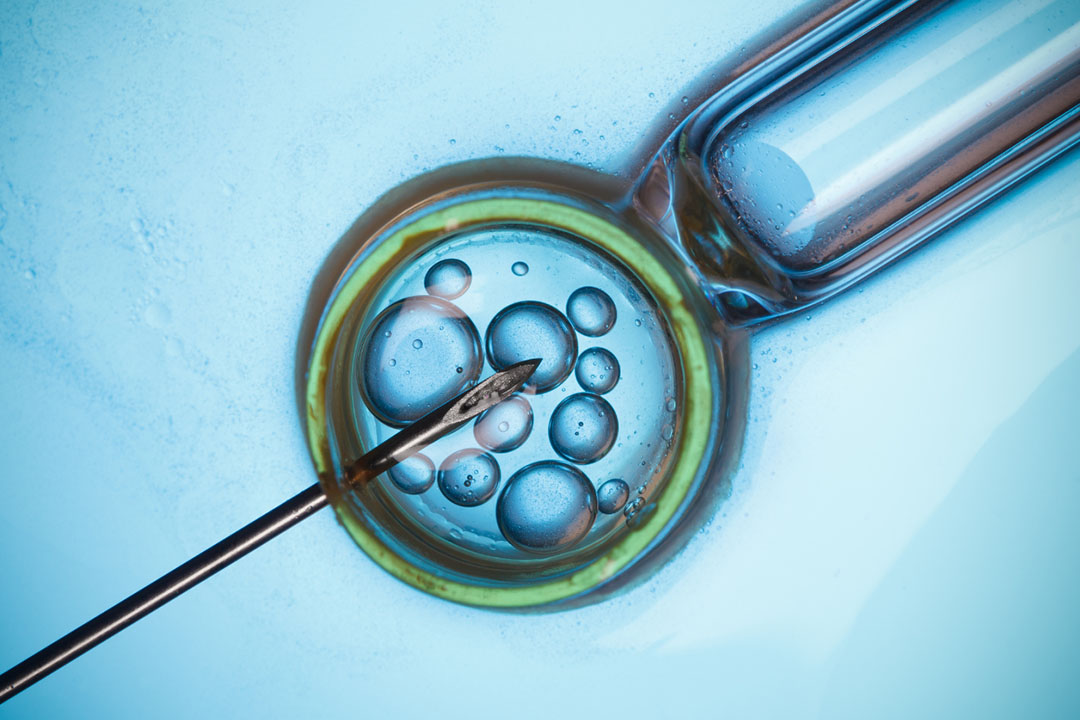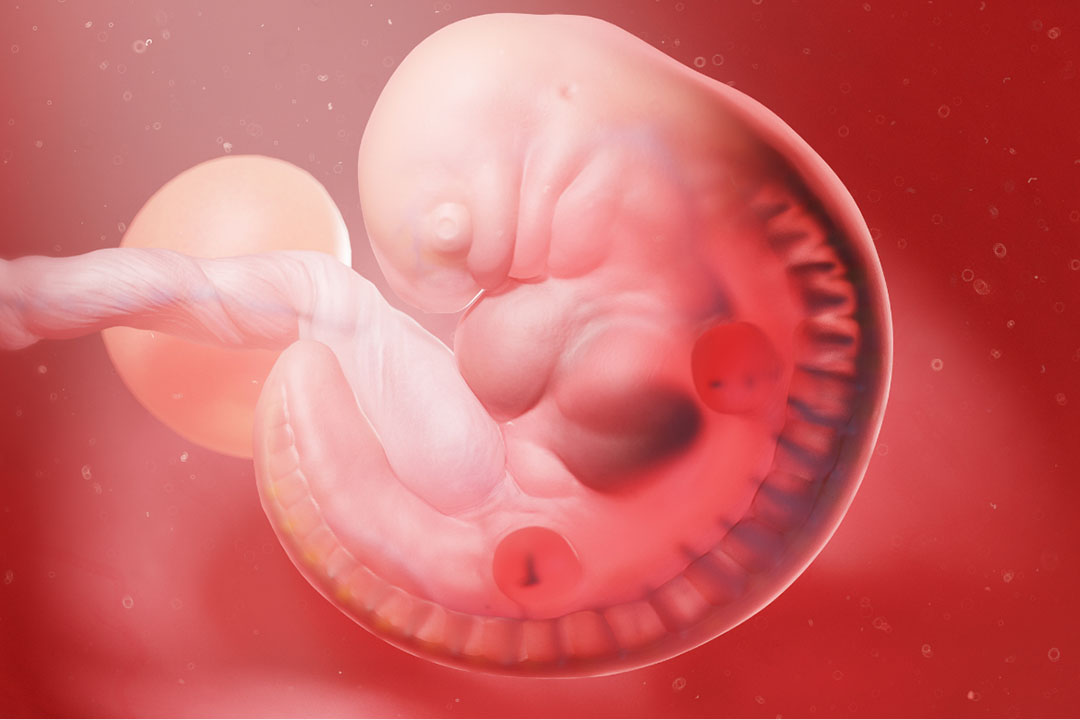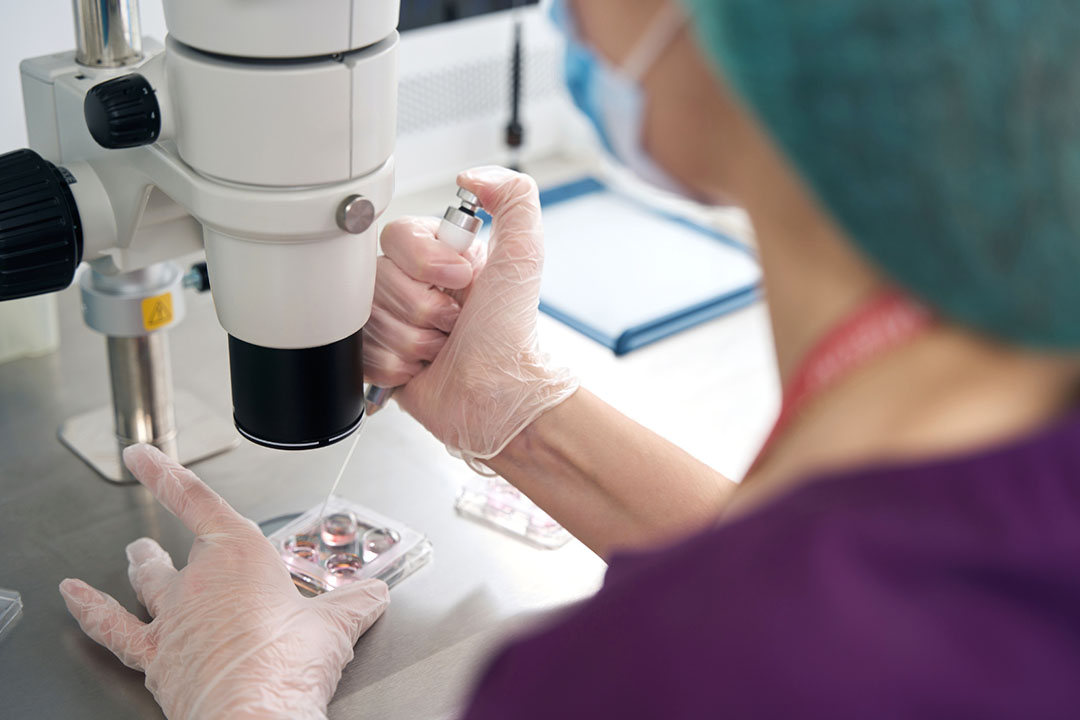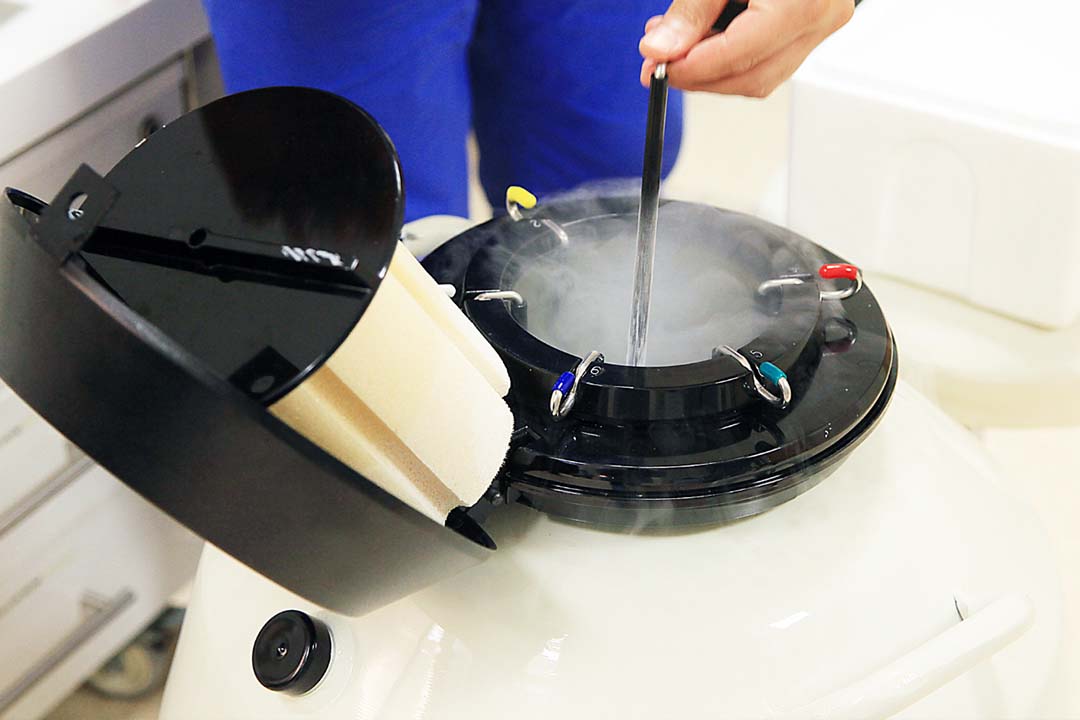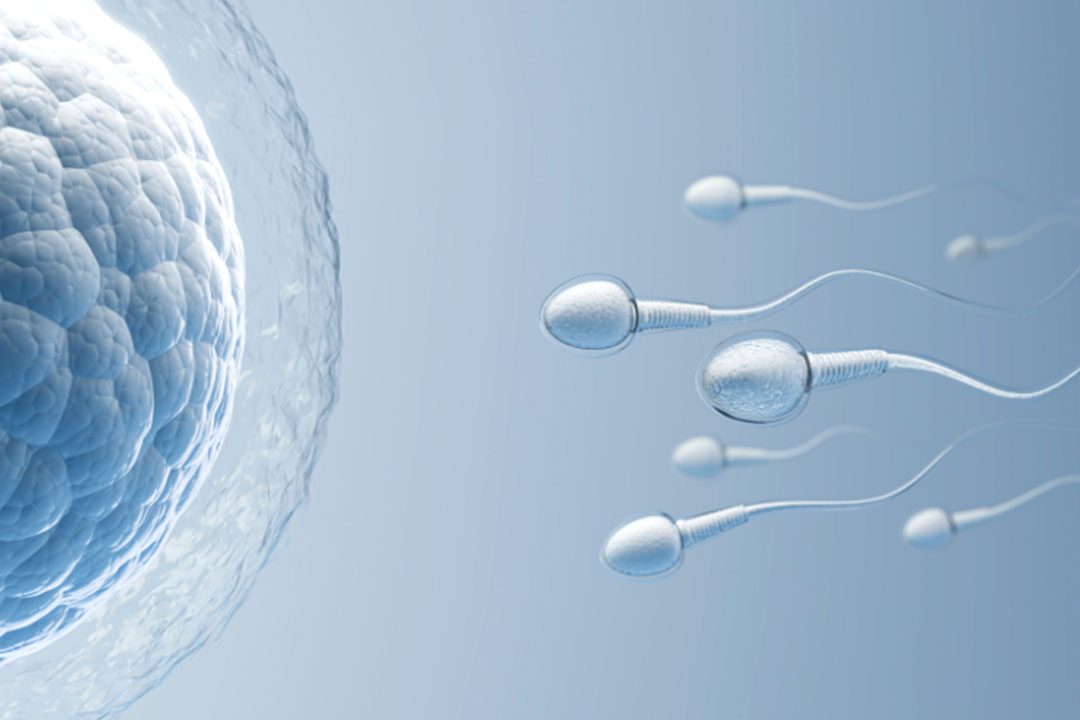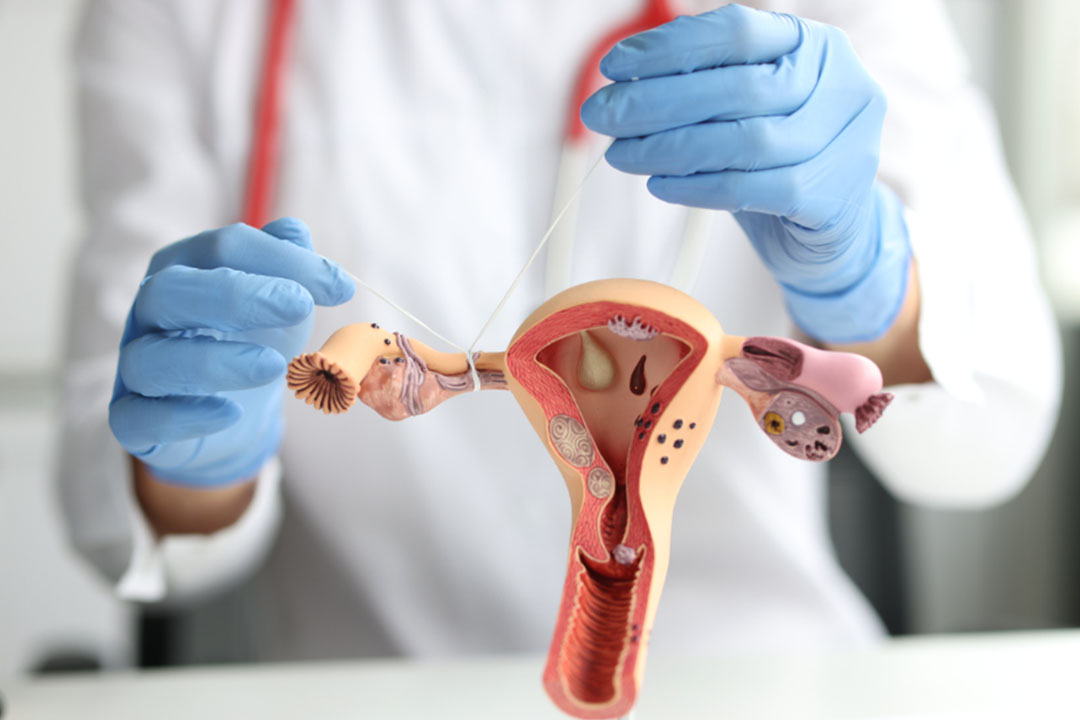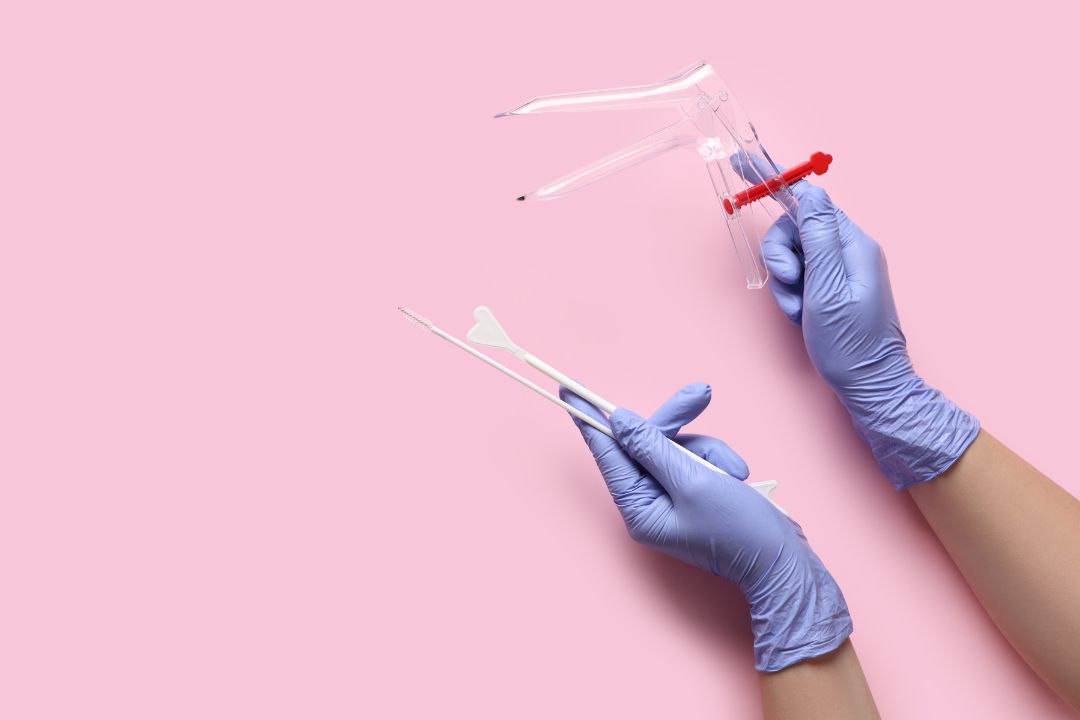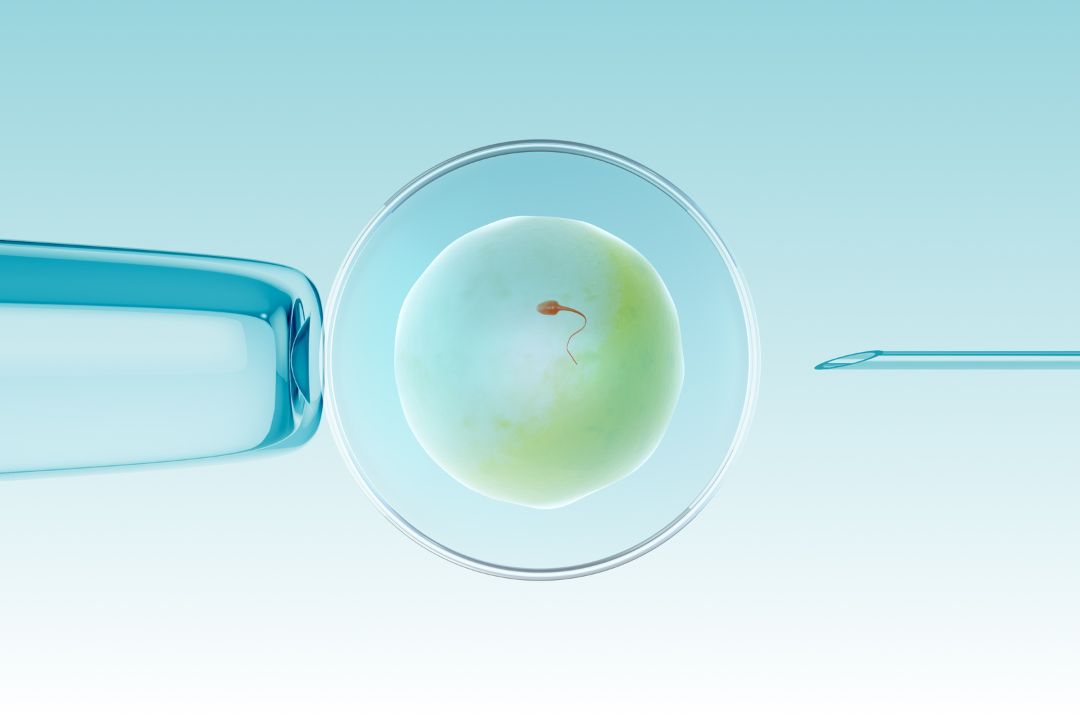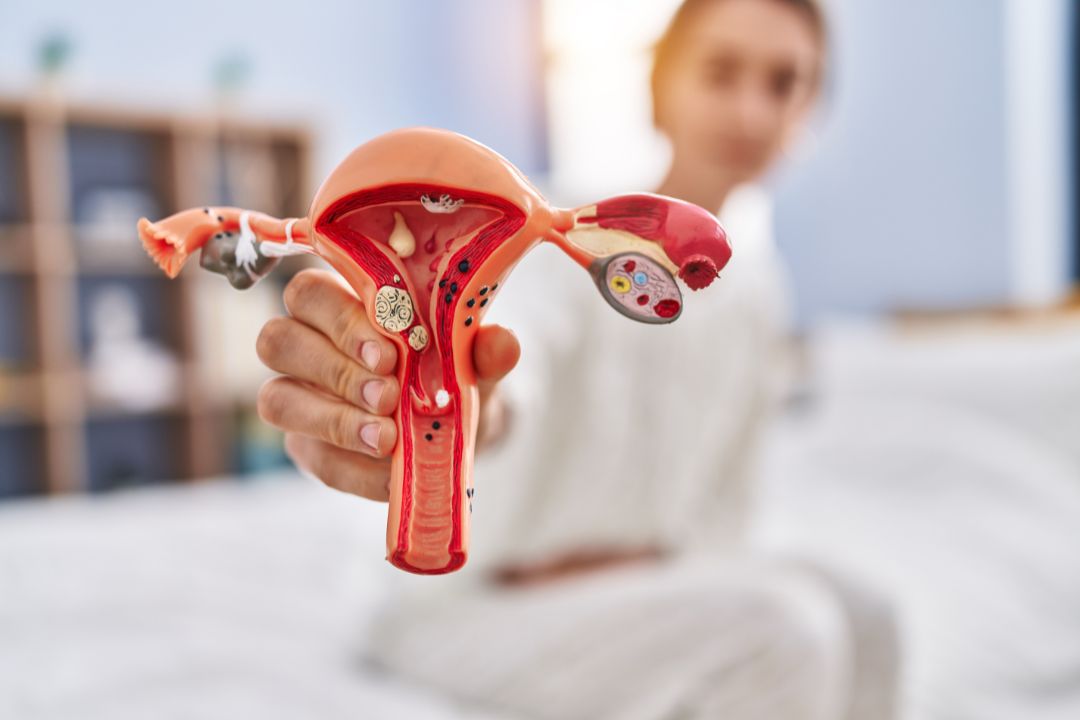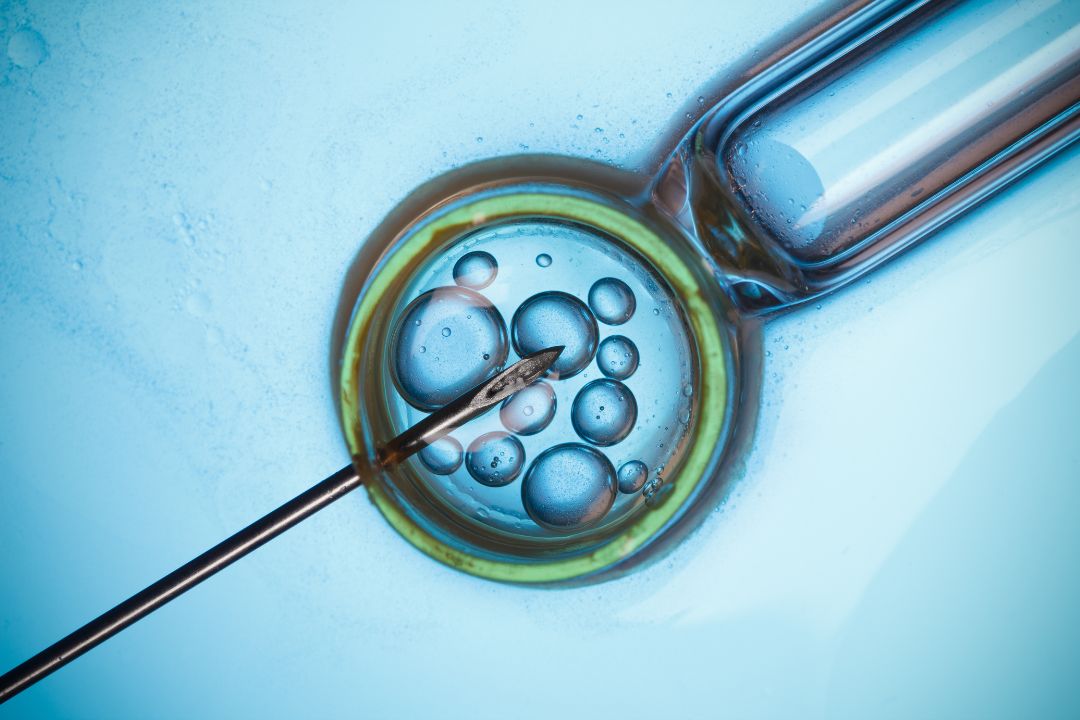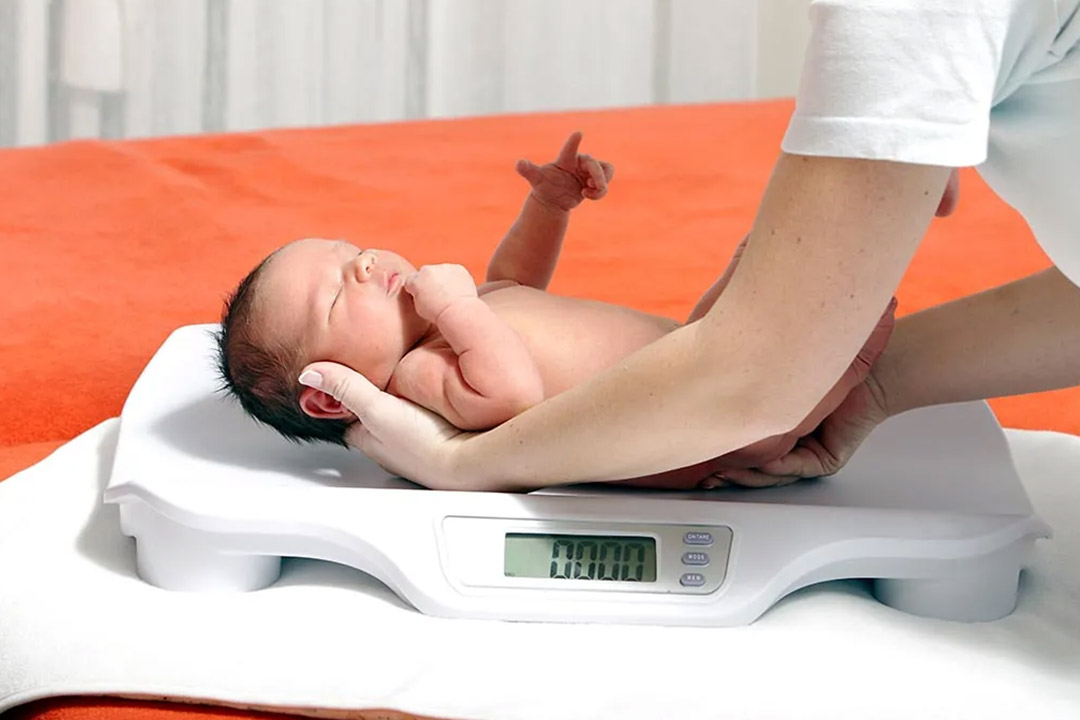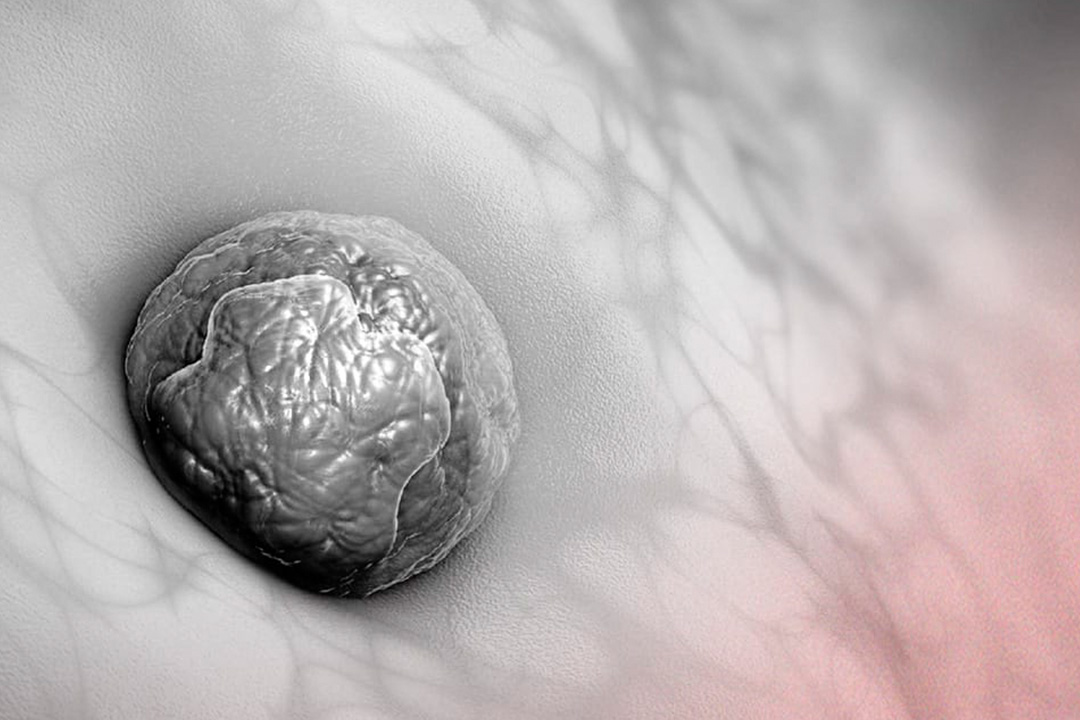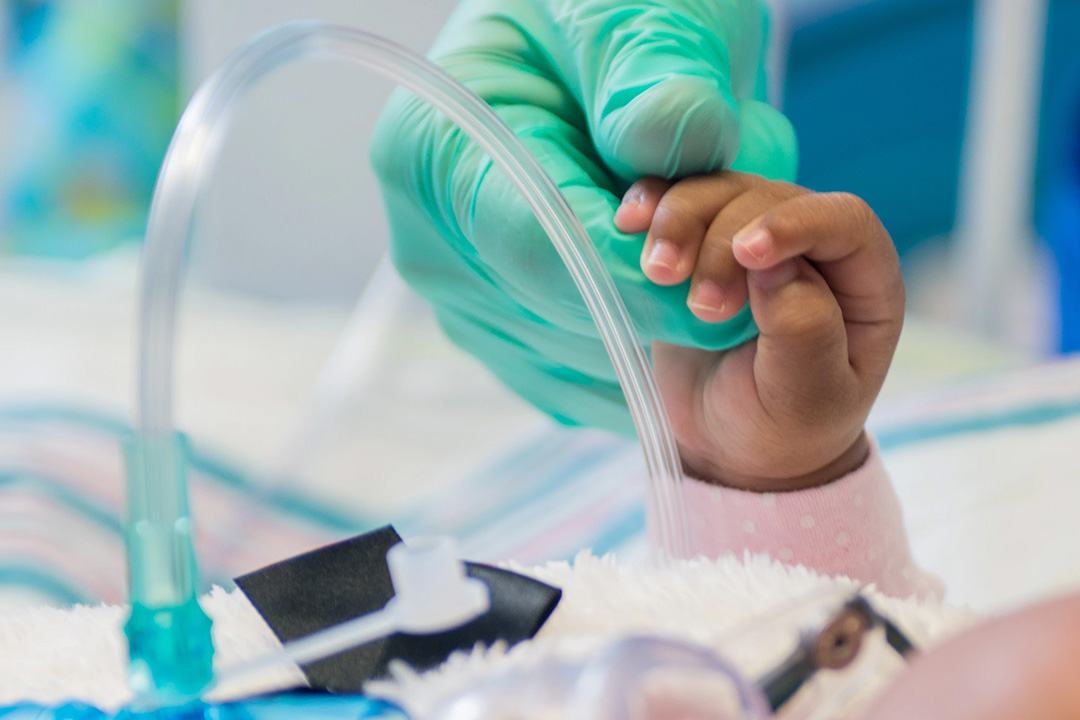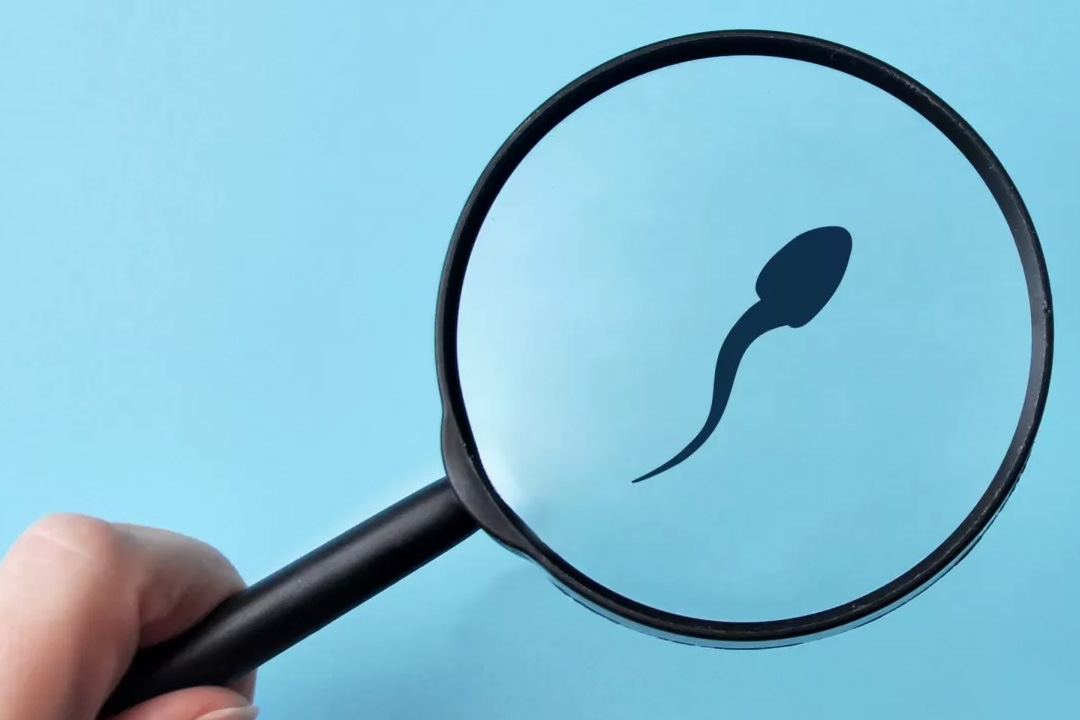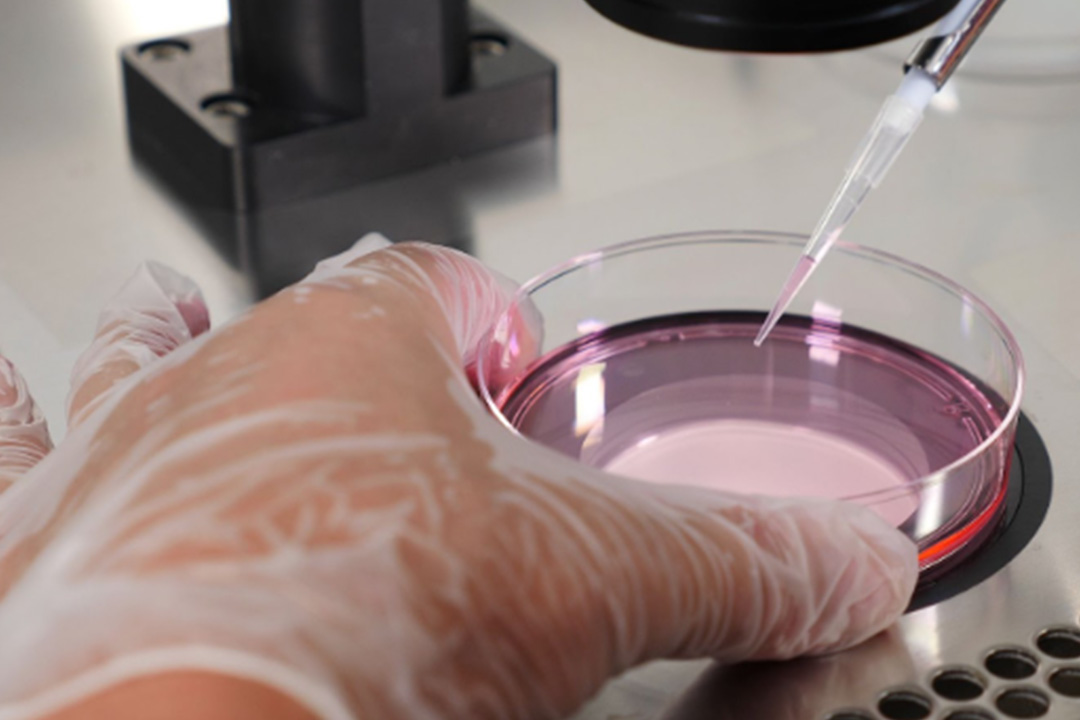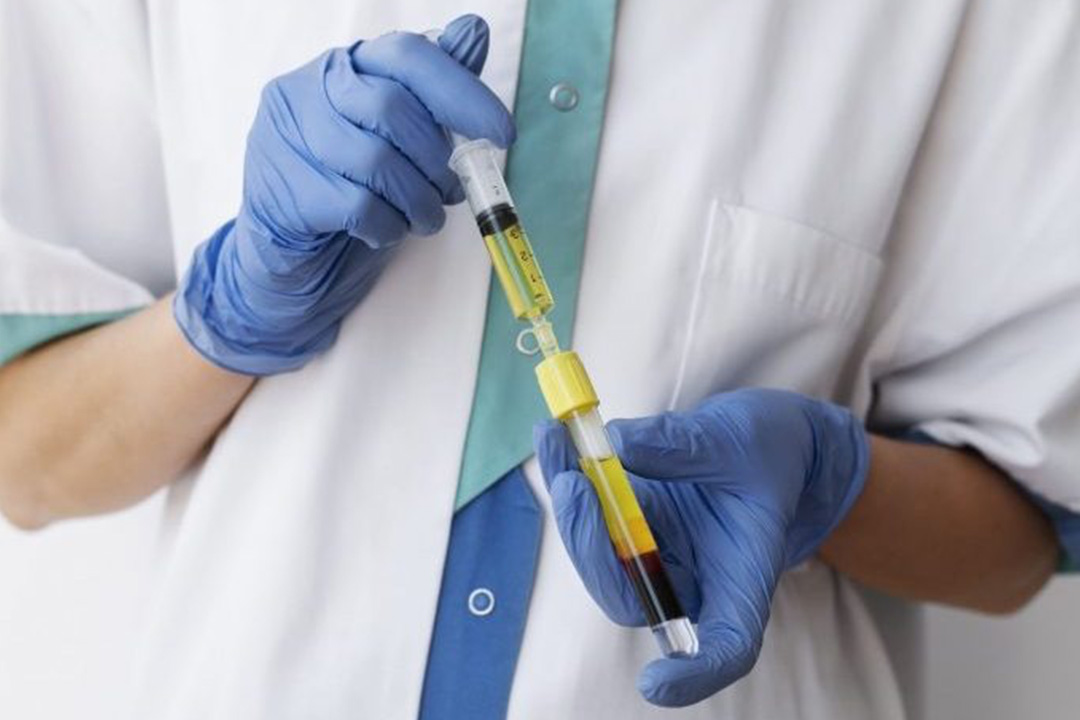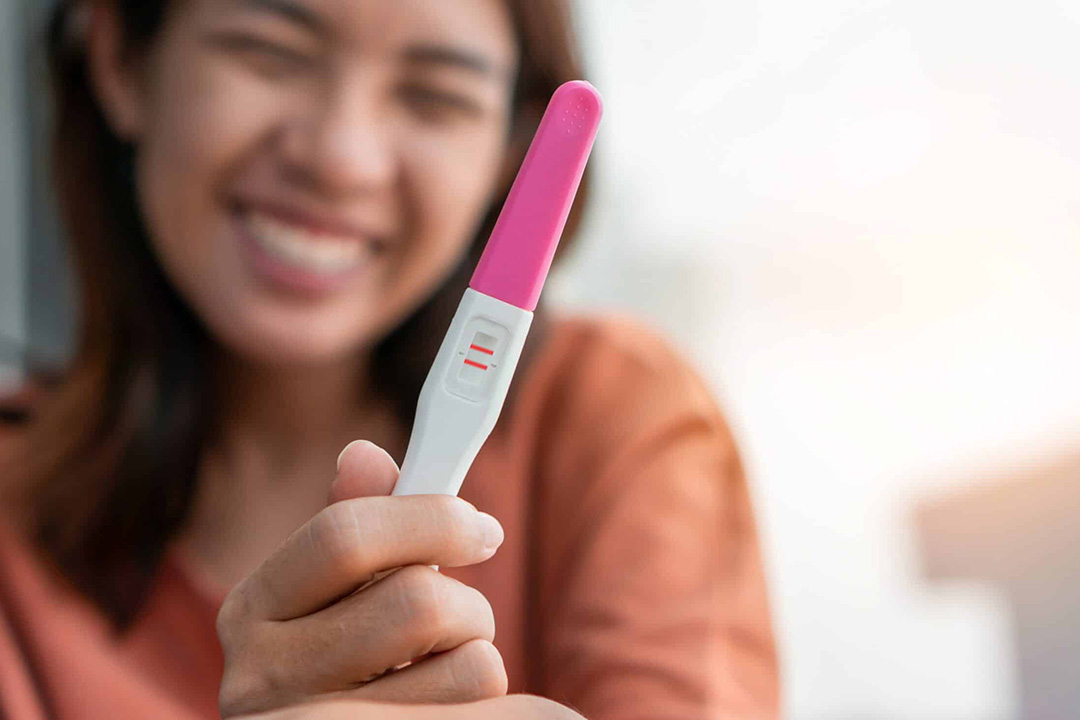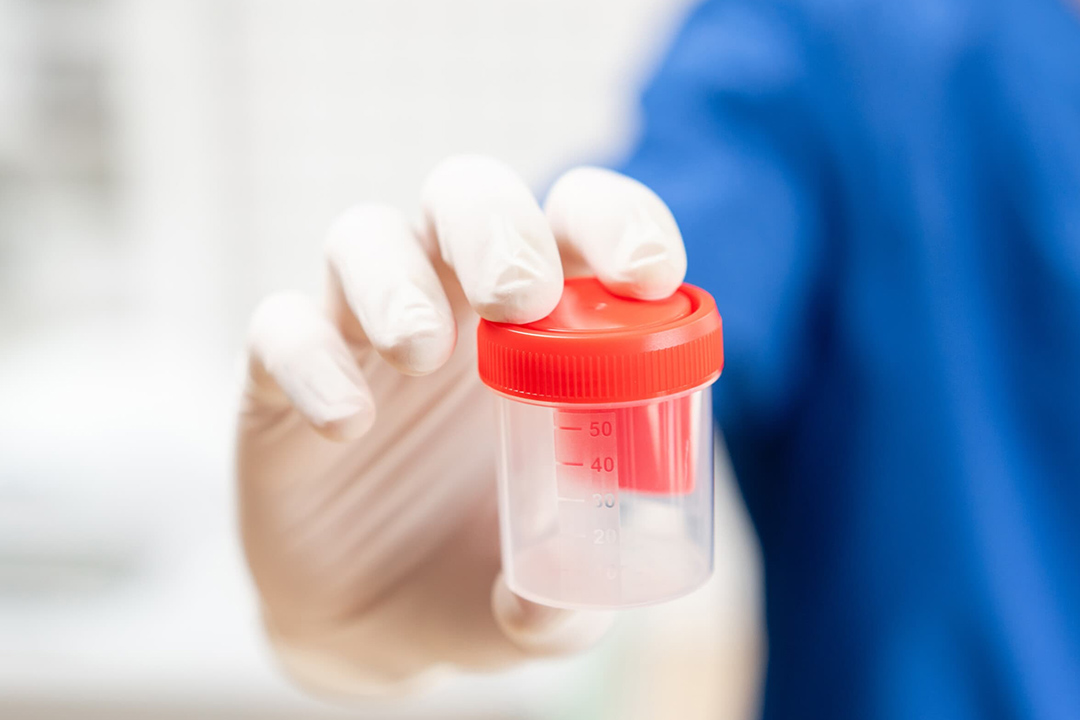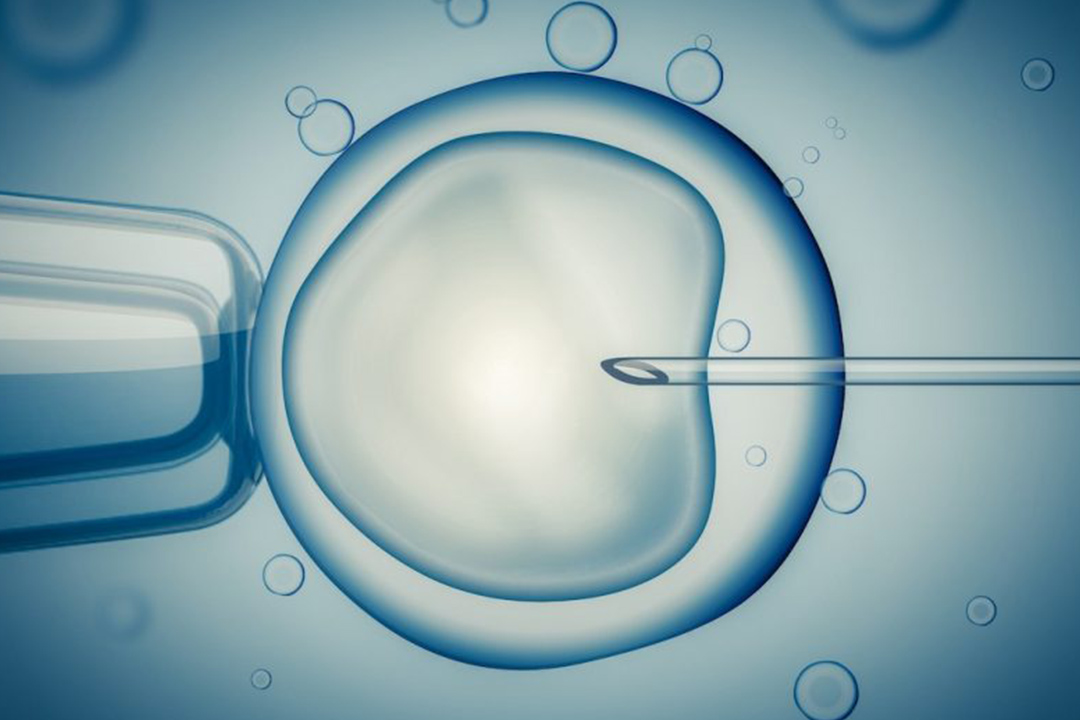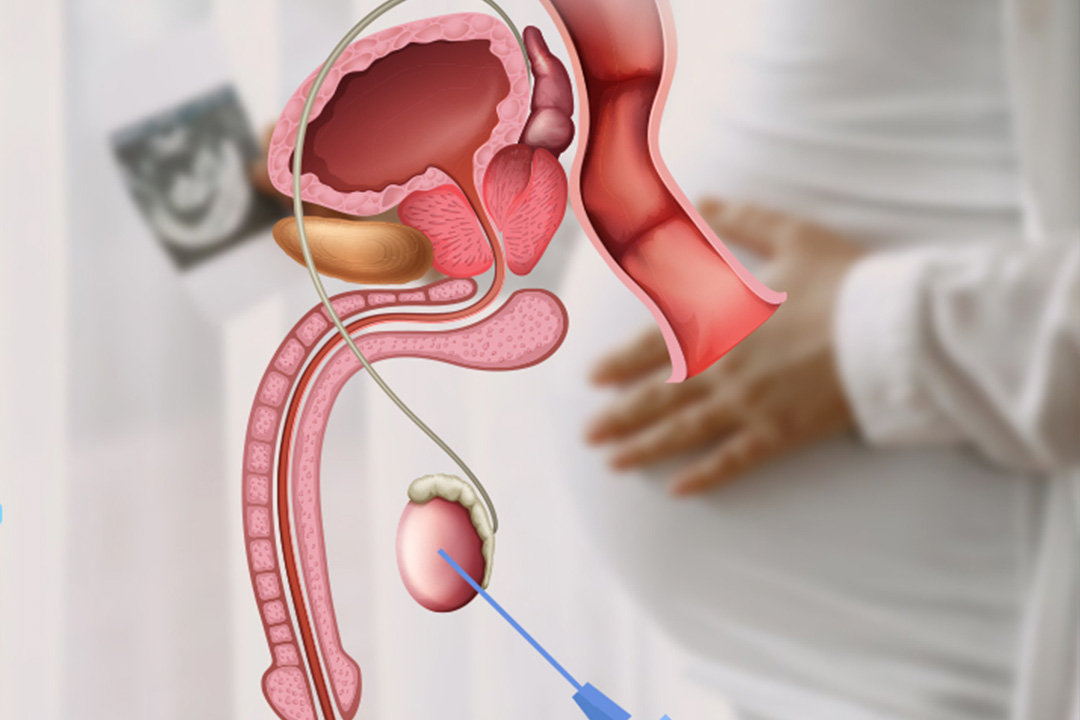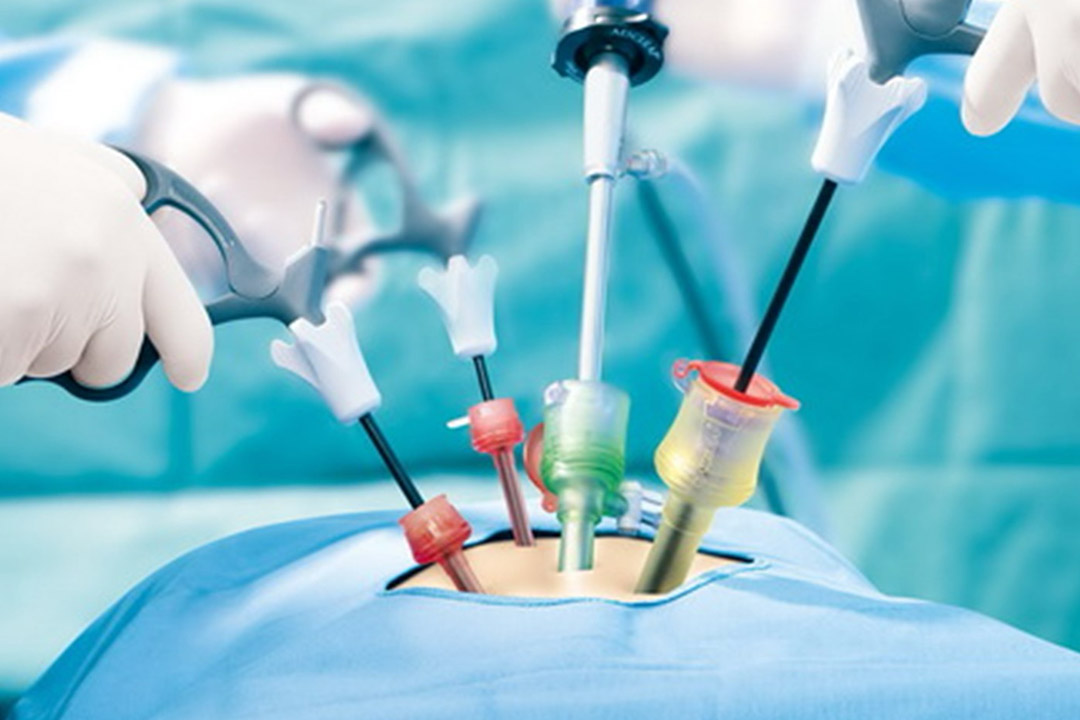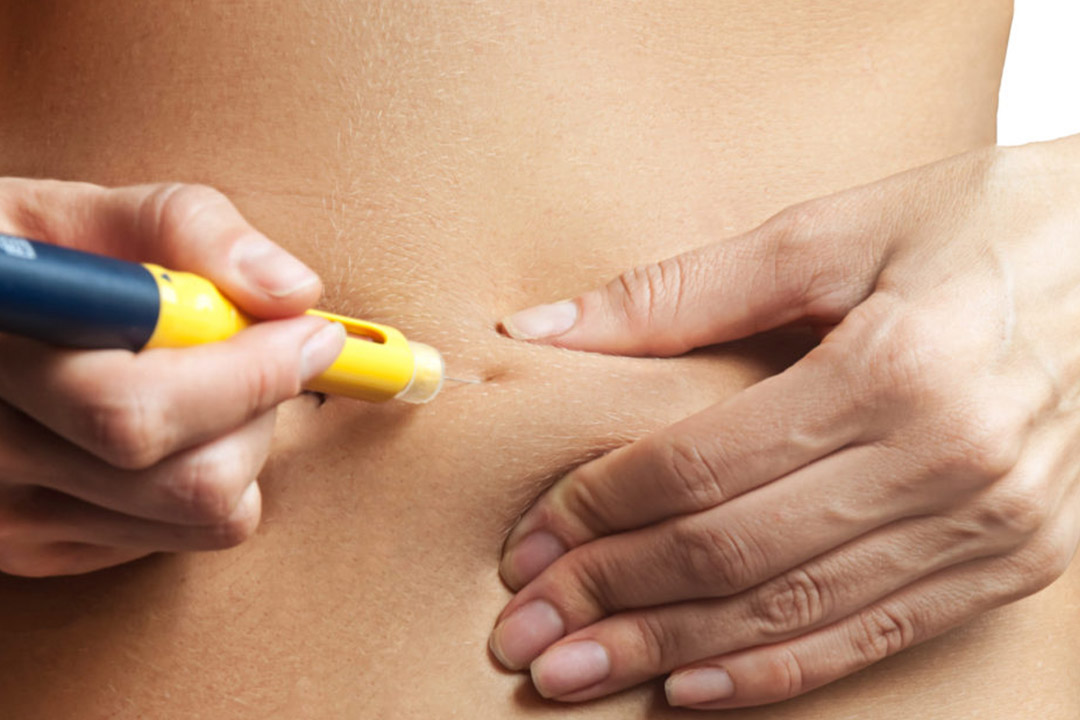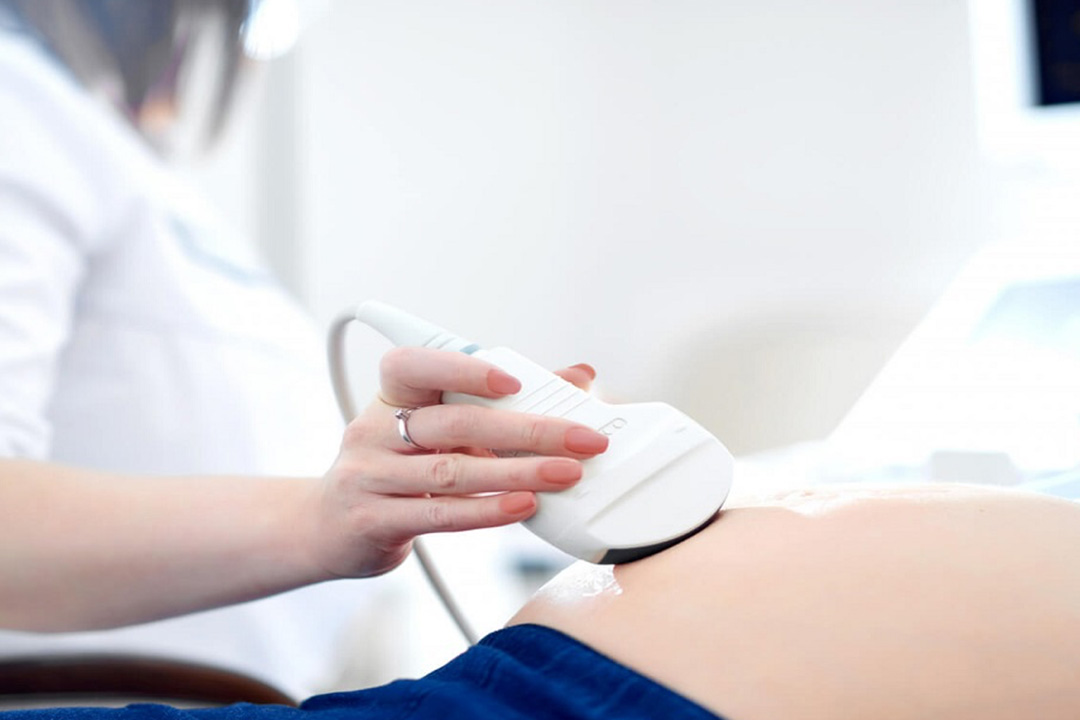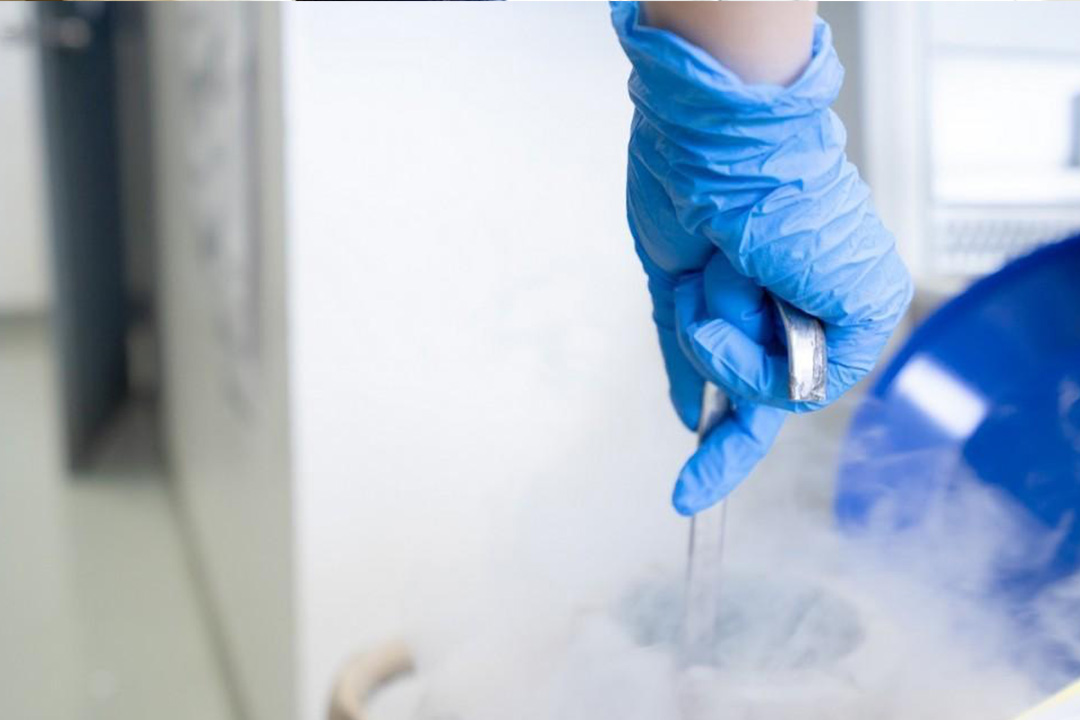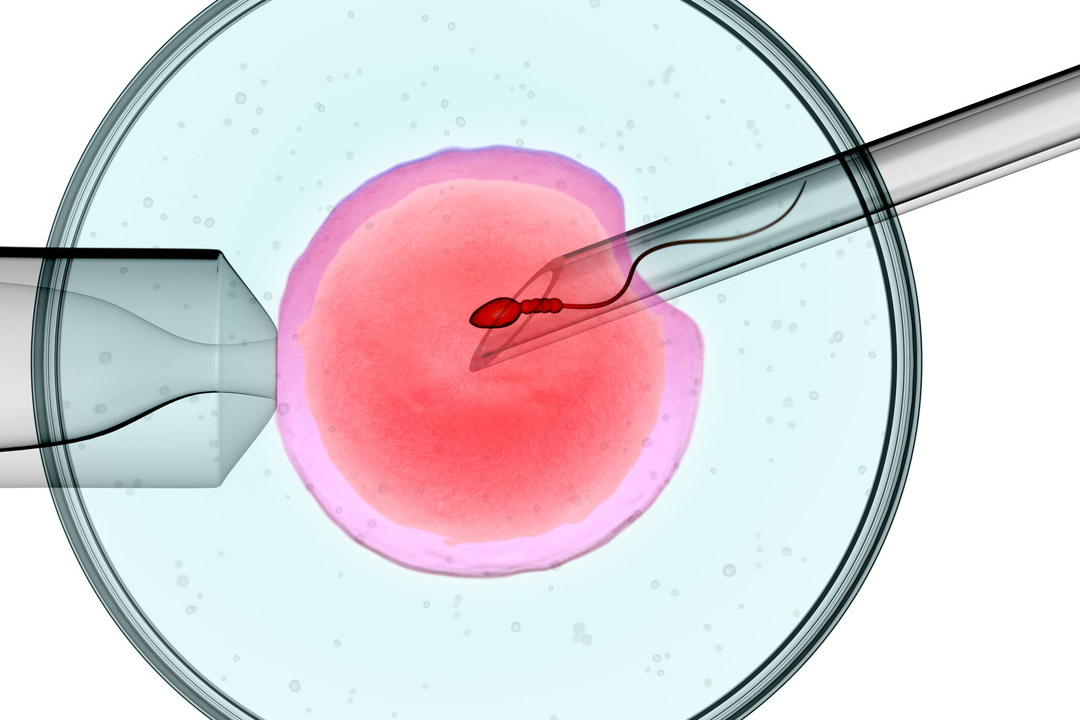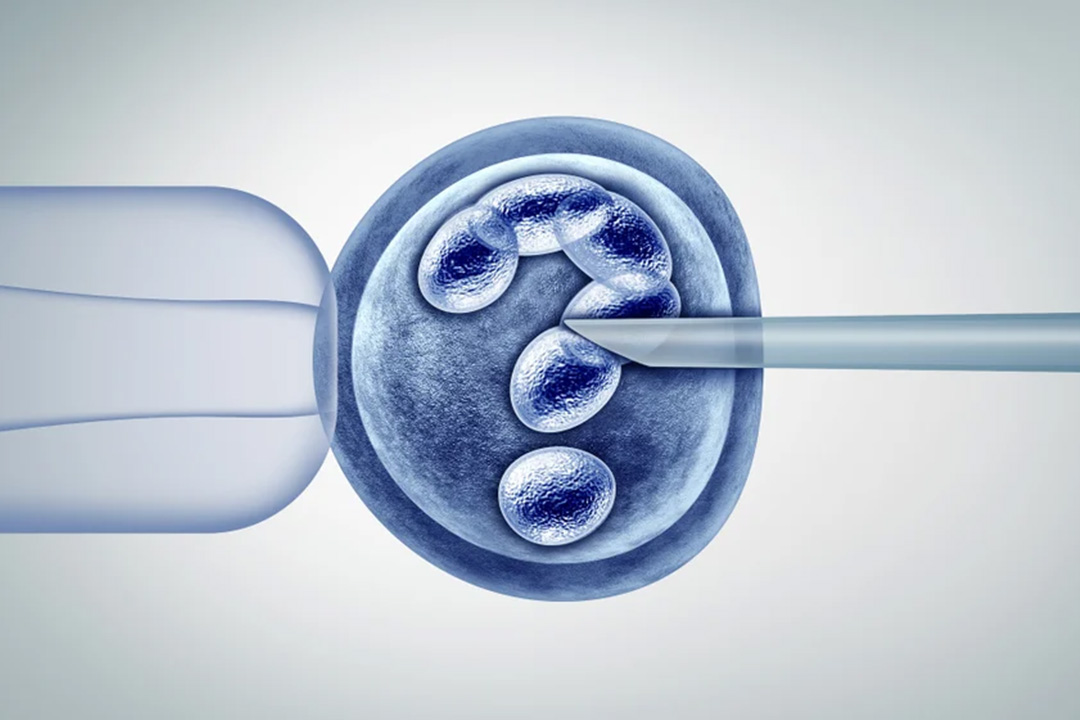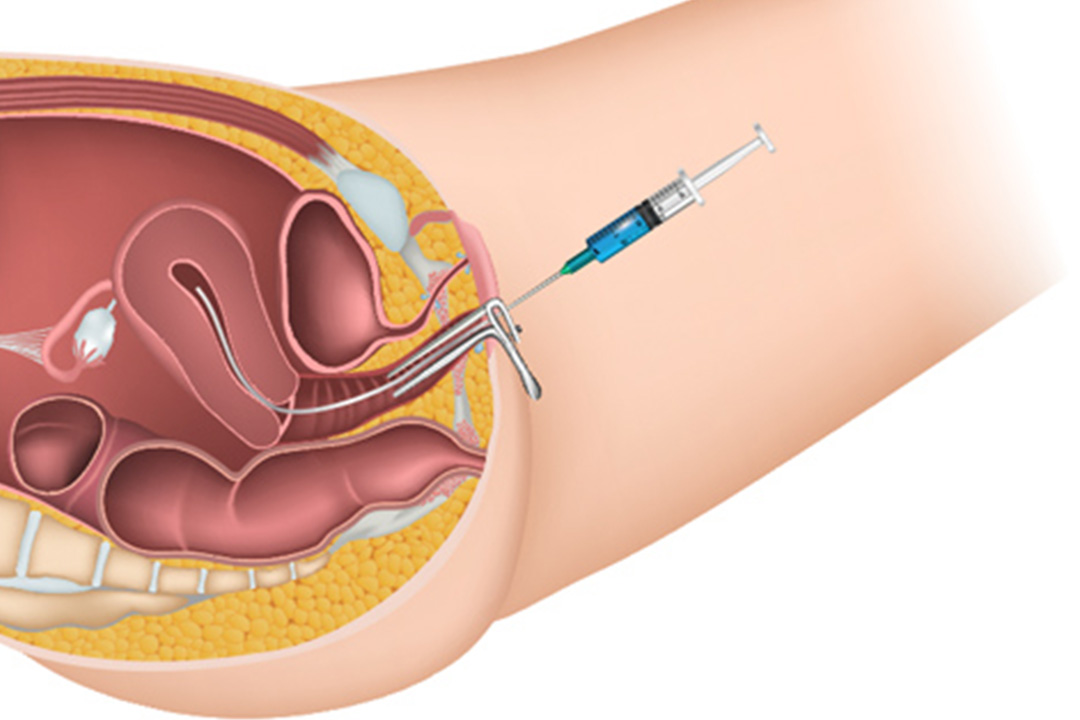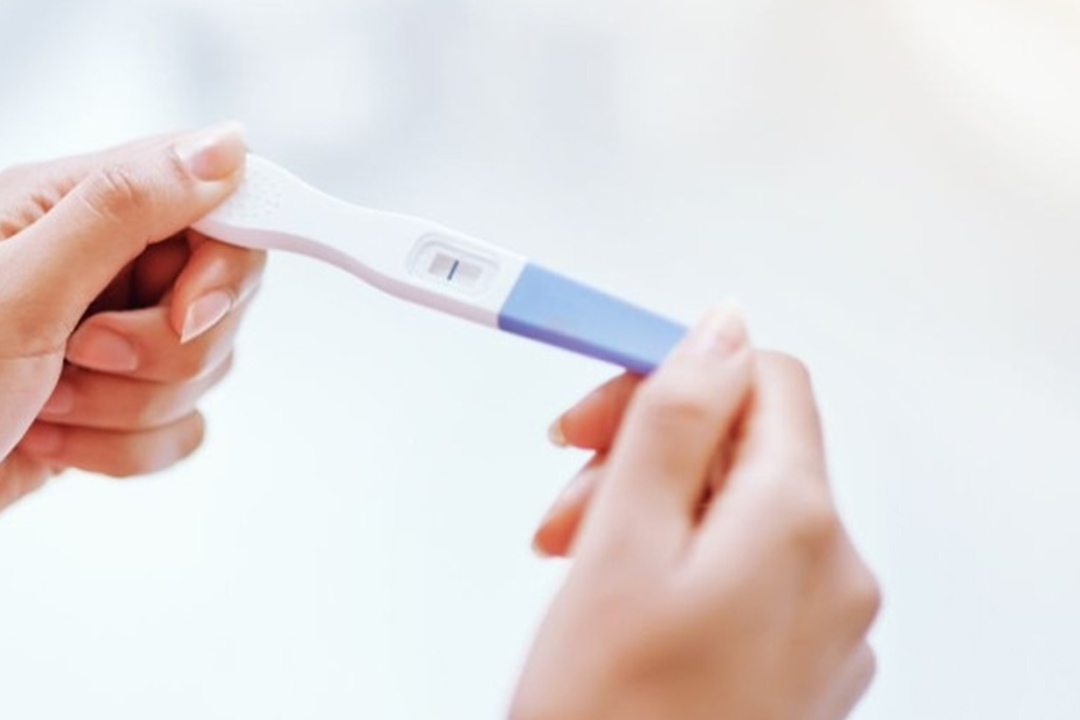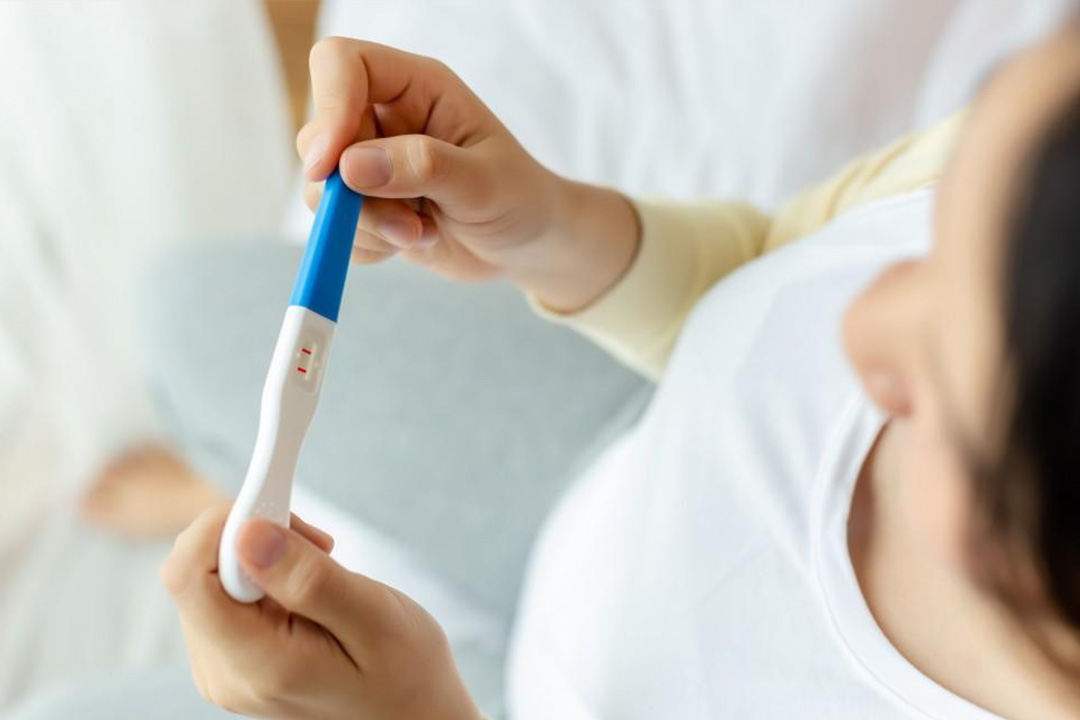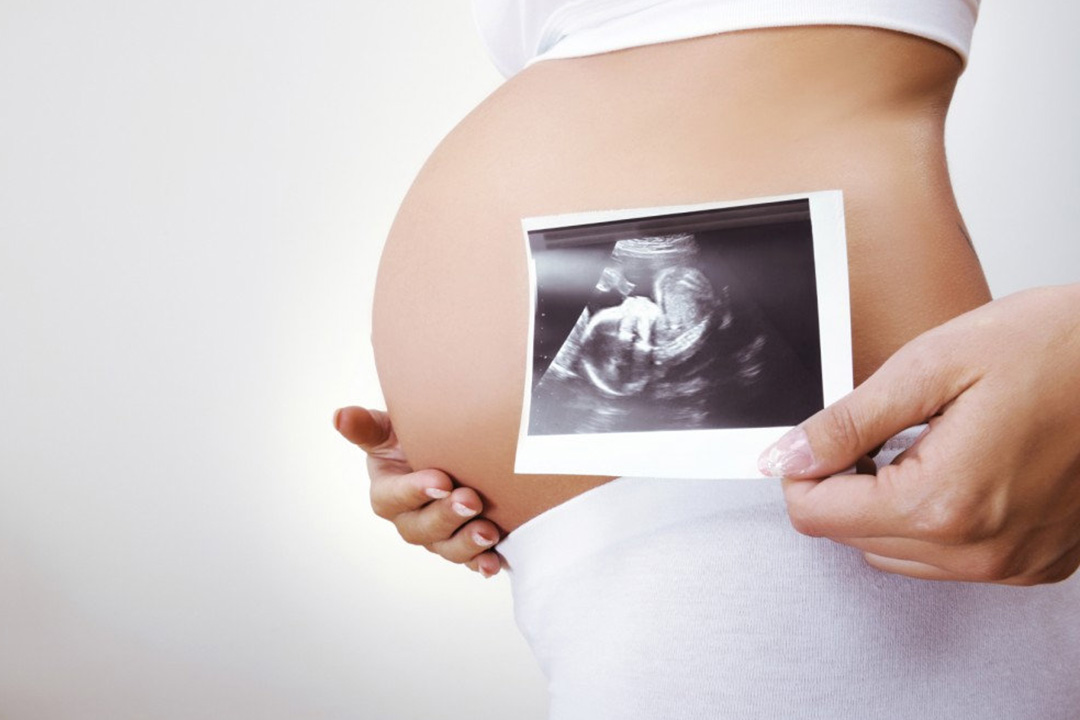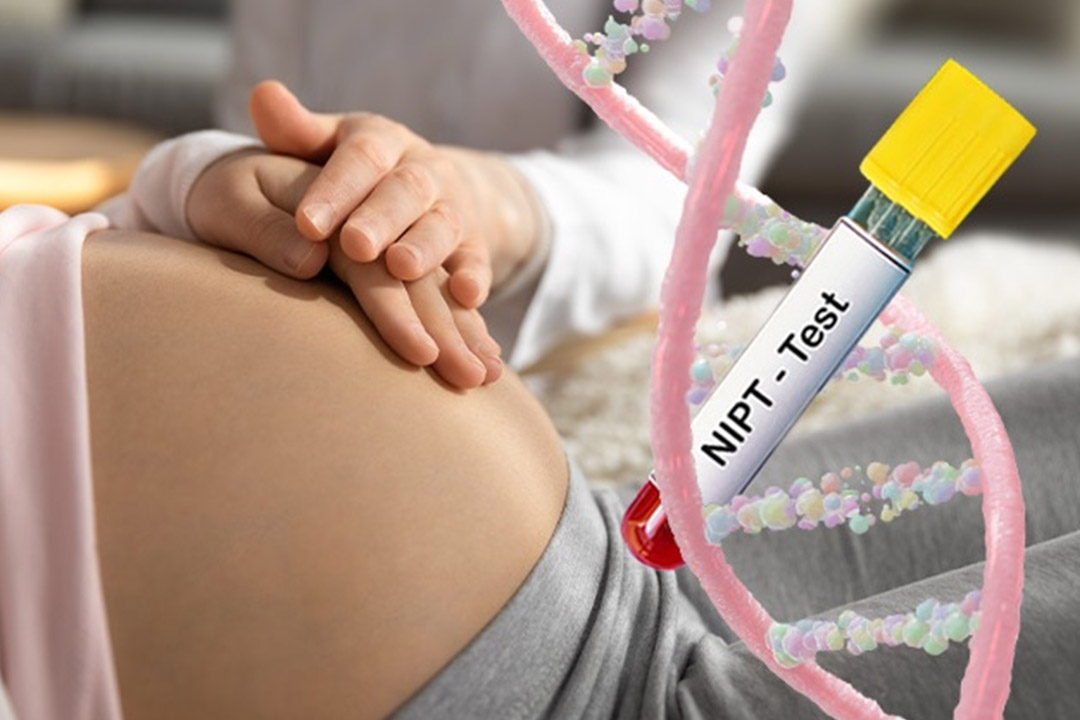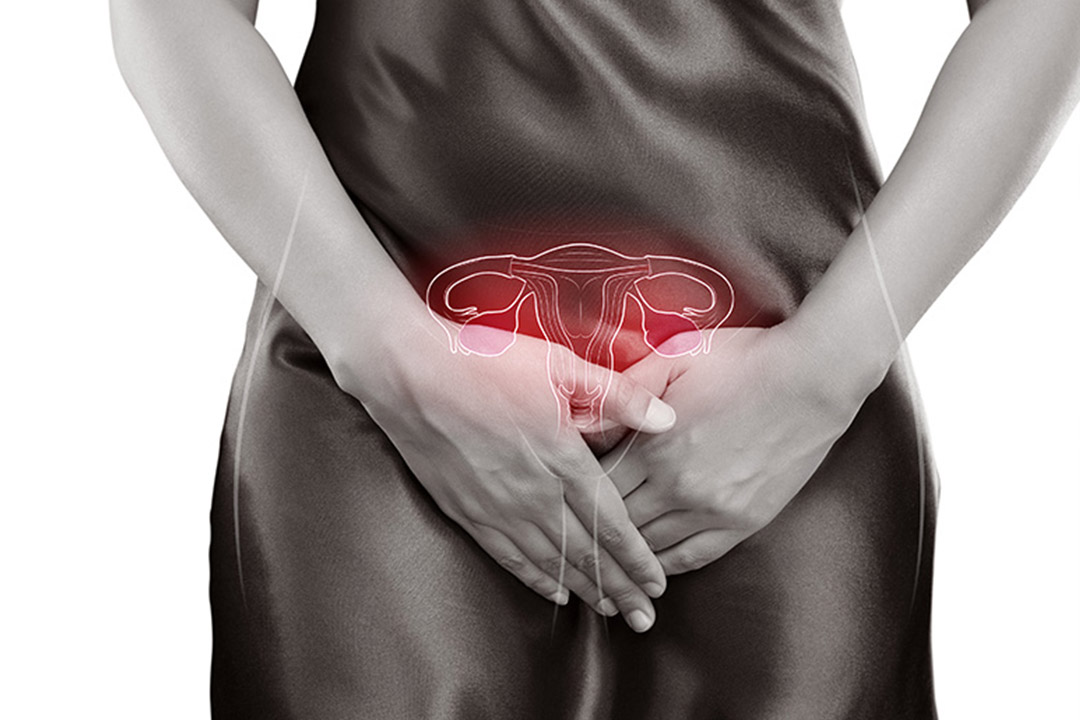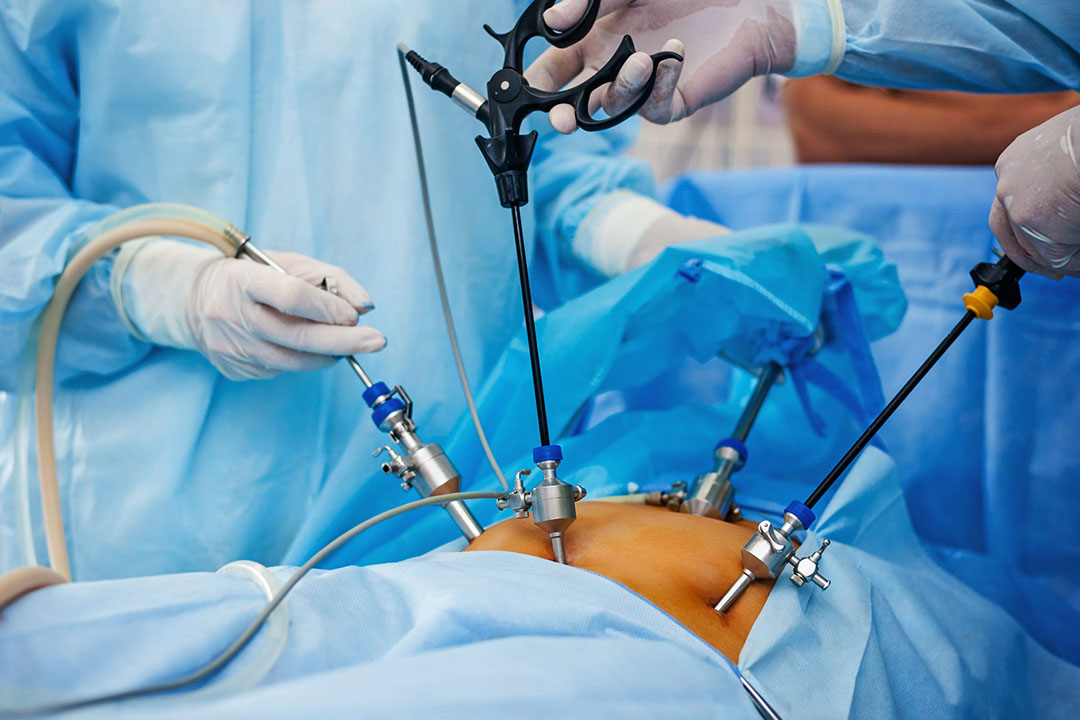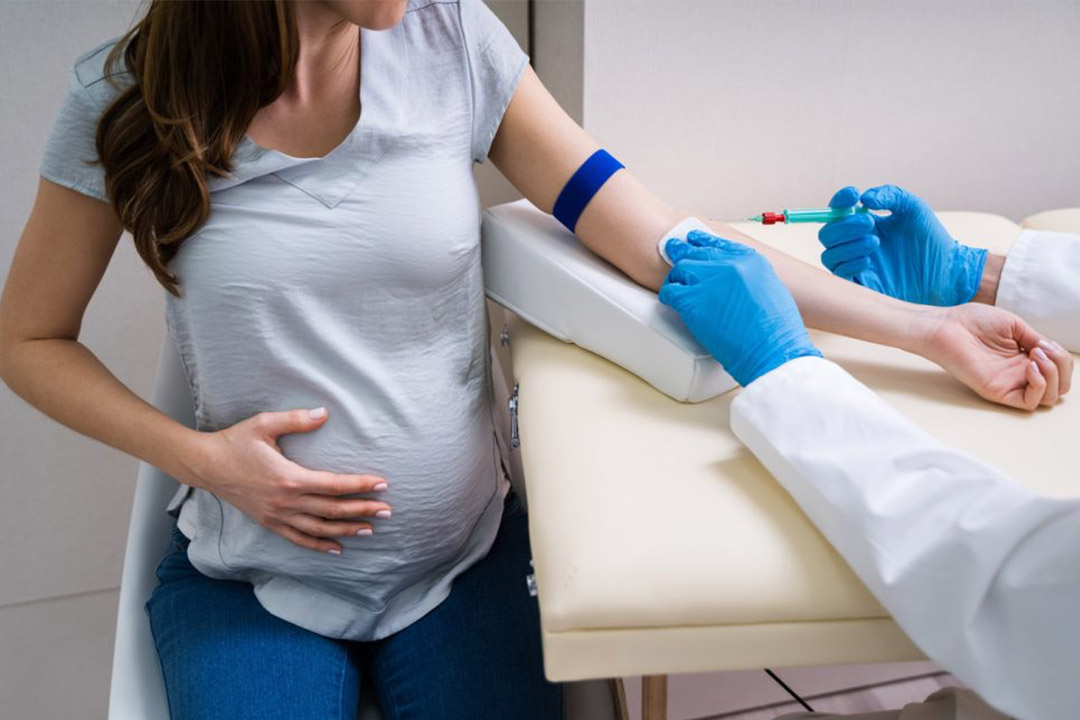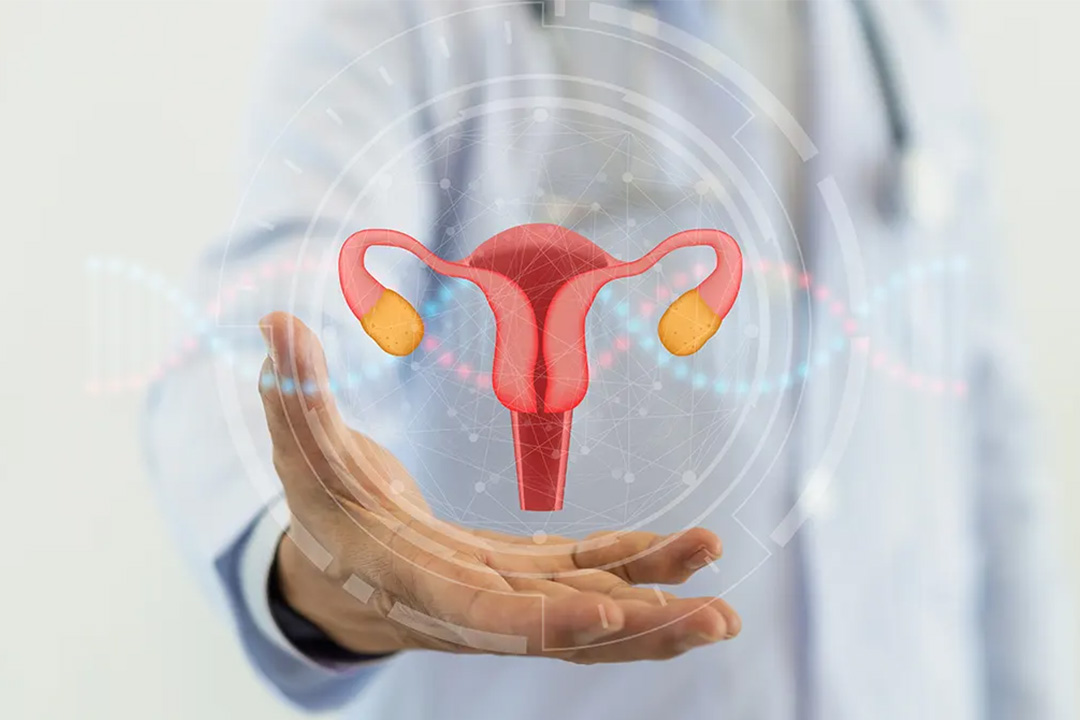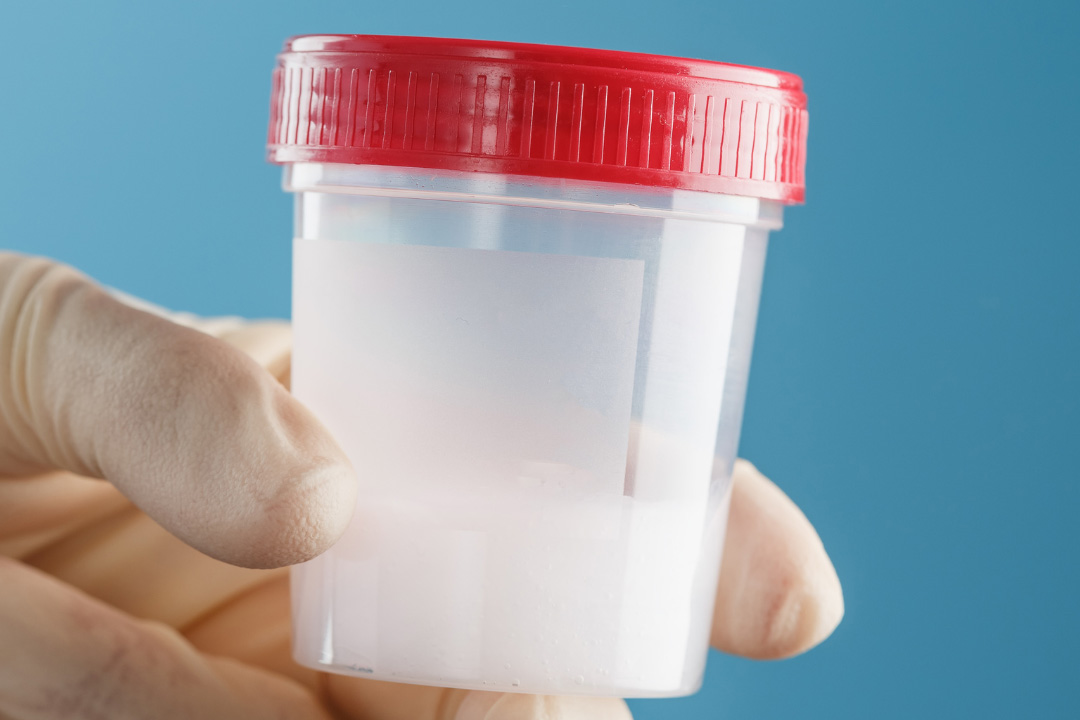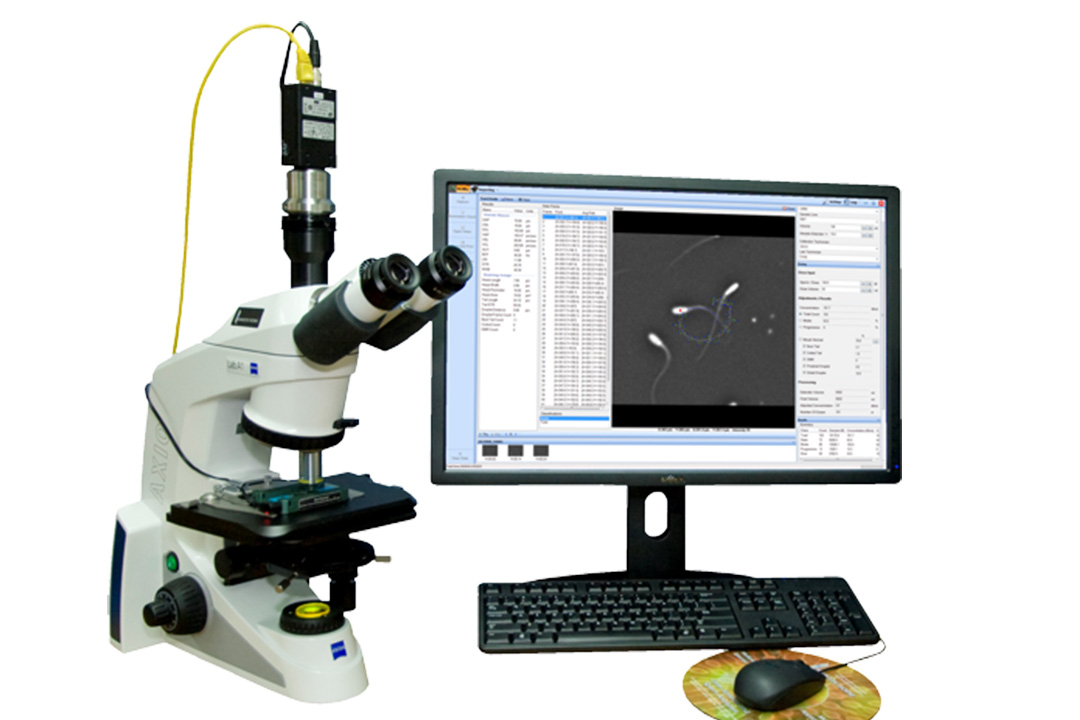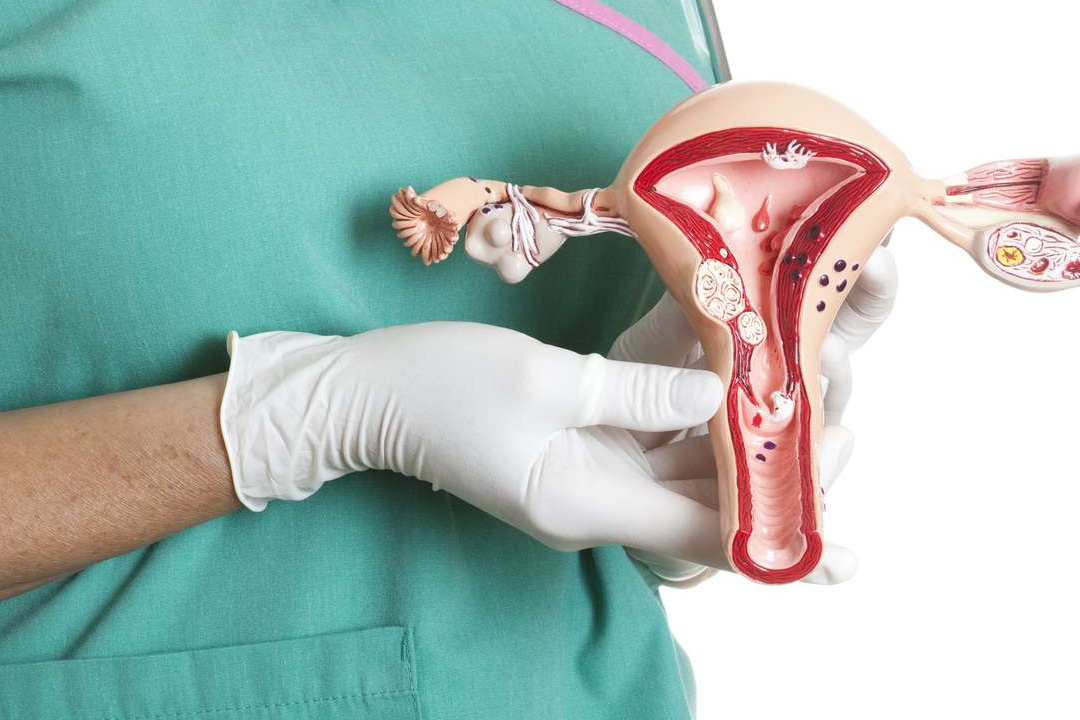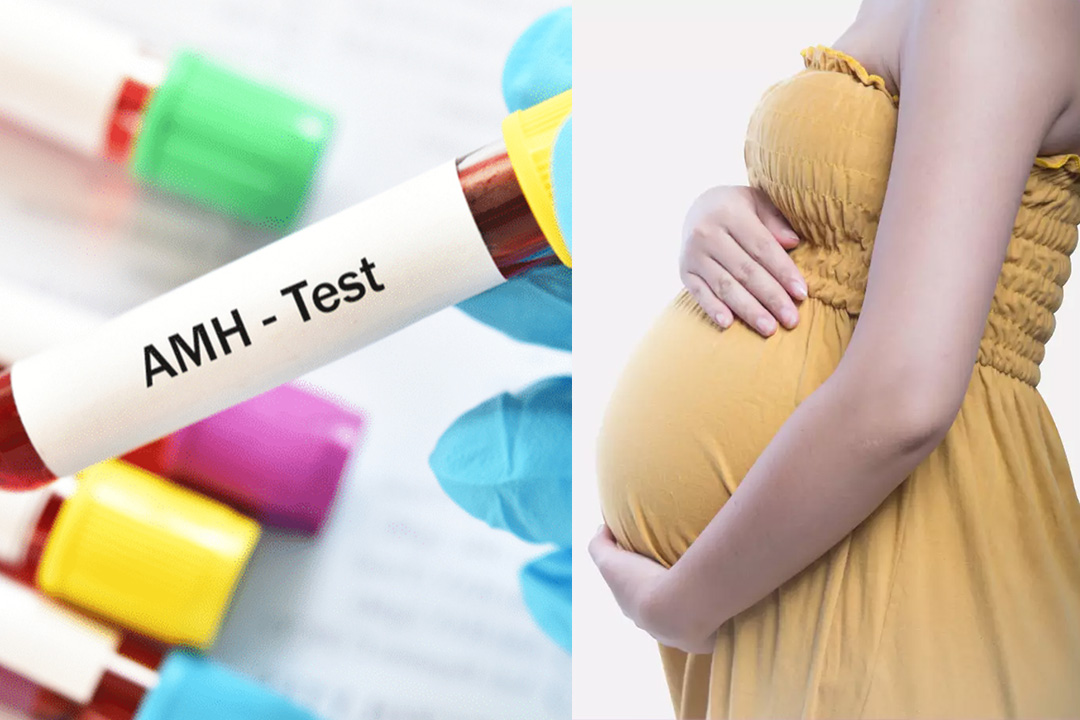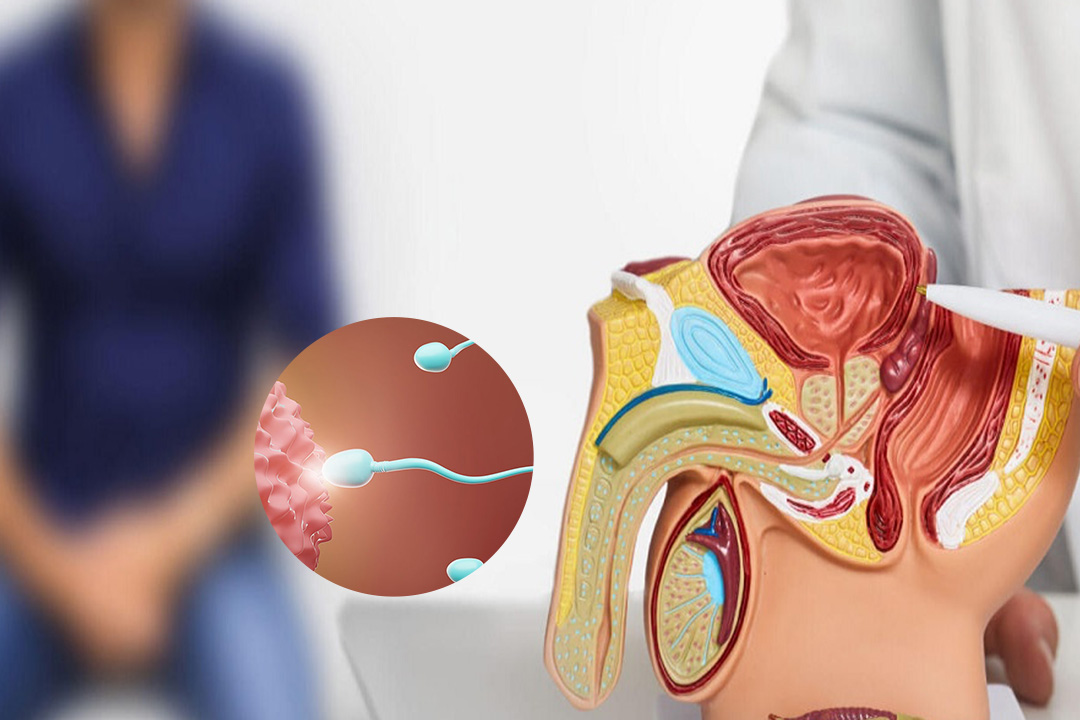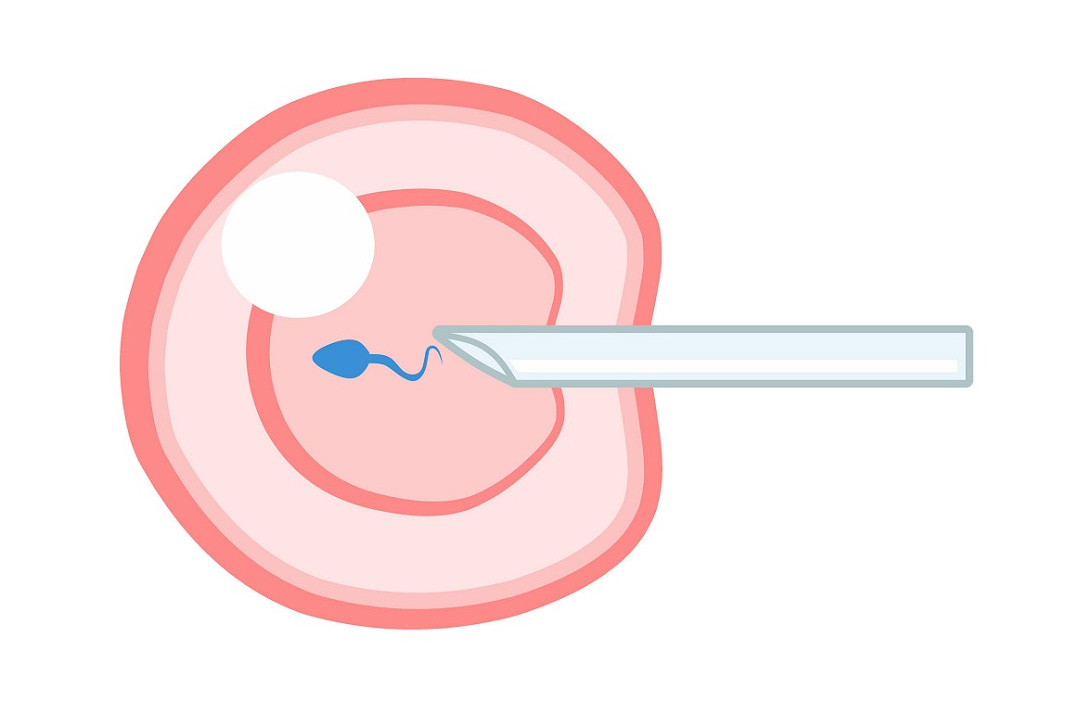Understanding Folliculometry: A Comprehensive Guide to Ovulation Tracking and Fertility Health
Folliculometry is an examination in the form of serial Ultrasound evaluations used to track growth and development of ovarian follicles during a menstrual cycle. The test has valuable diagnostic results for understanding a potential ovulation cycle, making it an important tool in health care and fertility screening for individuals.
Typically conducted between the 9th and 20th day of a 28-day menstrual cycle, folliculometry estimates the precise timing of ovulation by evaluating the size and number of developing follicles. Each ultrasound session normally lasts around 20 minutes, with 4 to 6 scans advised during the cycle.
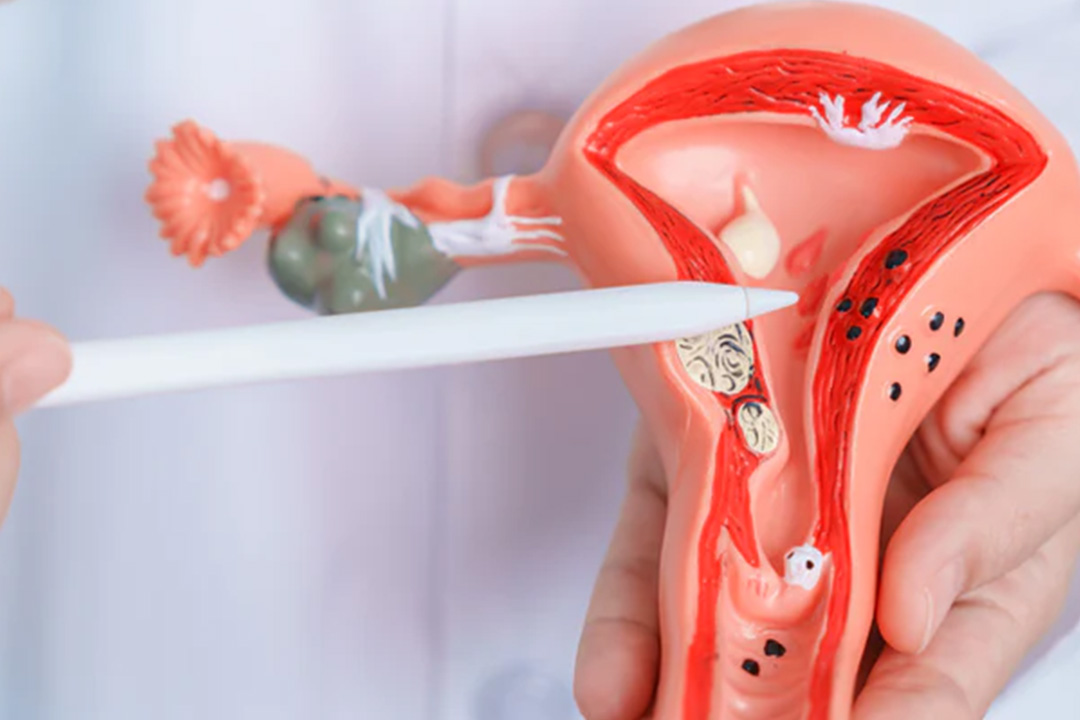
What are Follicles?
A follicle is a fluid-filled sac within the ovary that contains an immature egg (oocyte). During the menstrual cycle, follicles develop and mature, preparing the egg for fertilization. Follicles become noticeable on ultrasound when they reach 7-8 mm in diameter, appearing as round, liquid-filled objects.
They develop roughly 1-2 mm every day, and ovulation normally happens when the follicle reaches 17-25 mm in size. Folliculometry evaluates these changes to identify the most practical phase for conception.
Indications of Folliculometry
Folliculometry is usually recommended in the following situations:
- Estimation of Ovulation Time: To determine whether or not ovulation occurred and when.
- Study of Unexpected Abortion: For women who have had one or more repeated spontaneous abortions.
- Follow-up of Ovulation Induction Treatment: For patients receiving medication to induce ovulation.
- Evaluation of Fertility Issues: To look into probable reasons of infertility, such as anovulation or PCOS.
Folliculometry is a useful diagnostic technique for those trying to conceive or who want to better understand their reproductive health. It provides detailed data on ovarian activity and endometrial thickness.
Procedure for Folliculometry
A folliculometry test is a series of transvaginal ultrasound scans performed in a clinical environment. These are the main steps involved:
1. Preparation: This test requires minimum preparation. Patients are frequently needed to empty their bladders before the operation in order to get clear images. It is non-invasive and does not need fasting or other special preparation.
The patient is positioned on her back, similar to that in a gynecological examination. A transvaginal ultrasonography probe, wrapped in a condom and lubricated with gel, is gently inserted into the vagina. The ultrasound afterwards produces pictures of the ovaries, follicles, and uterine lining.
2. Monitoring: Each session includes documentation of follicle size, number, and growth. The thickness and appearance of the uterine lining are also examined which indicates if the uterus is ready to take an implant as a result of adequate hormone production.
It pinpoints the precise day of ovulation, which is critical for planning sexual intercourse or assisted reproductive procedures.
Interpretation of Folliculometry Test Results
A Normal folliculometry result suggests that follicles grow normally throughout your cycle. We'll go over the key parts of the report here. It generally contains important factors such as:
- Dominant Follicle Size: This star follicle reaches optimal maturity (around 18-22mm) prior to ovulation, indicating high egg quality.
- Endometrial Thickness: Your uterine lining, which is essential for embryo implantation, is growing at an optimum rate.
- Ovulation Timing: Confirmation of ovulation by follicle removal or a change in its features.
- Additional Notes: Any additional observations made by your fertility doctor throughout the folliculometry exam.
Figures and terms can seem complicated but remember that your fertility specialist will lead you through the report. They will explain the details and what they indicate for your individual situation.
Potential Risks of Folliculometry
Folliculometry is a mild and safe technique with no associated health risks. Because this is an ultrasound-based procedure, there will be no radiation exposure.
The therapy is pain-free except for a few people who experience slight discomfort with the placement of the probe transvaginally.
Cost of Folliculometry Test
The cost of a folliculometry test in India varies according to the area and healthcare provider. A single session costs from ₹750 and ₹2000. A monitoring cycle with 4 to 6 ultrasound scans costs ₹3000 to ₹4000.
It is usually recommended to find out about the cost structure in advance, since certain clinics may offer package deals for complete monitoring.
Benefits of Folliculometry
Folliculometry is an important technique for reproductive health since it offers the following advantages:
- Accurate ovulation tracking helps to guarantee that conception or assisted reproductive treatments occur at the optimal time.
- It examines the endometrium's readiness for implantation.
- It offers specific insights for managing ovulation issues and achieving better pregnancy outcomes.
Conclusion
Folliculometry is a valuable diagnostic tool for reproductive health. It provides detailed information about ovulation and endometrial health. It helps in the evaluation of fertility, hence treatments.
The ultrasound tracking of follicular development supports the diagnosis and treatments, which increases the chances of conception. Folliculometry has extremely few risks, and its cost is affordable. The procedure is therefore necessary for anybody wishing to achieve their best reproductive health.
FAQs About Folliculometry
1. What is the purpose of a folliculometry test?
It is used to check the growth of ovarian follicles, the timing of ovulation, and uterine health. The test is commonly used in fertility assessments and treatments.
2. How is the folliculometry test done?
It is a painless diagnostic procedure in which ultrasound scans are taken transvaginally to measure the size of the follicles, monitor their growth, and track the thickness of the uterine lining.
3. What does the folliculometry test report contain?
The report contains information about the number, size, and growth rate of follicles, the thickness of the uterine lining, and the timing of ovulation.
4. Is folliculometry safe?
There are no significant risks. The test is safe and involves no radiation exposure.
About Us
AKsigen IVF is a premier center for advanced fertility treatments, with renowned fertility experts on our team. Specializing in IVF, ICSI, egg freezing, and other cutting-edge reproductive technologies, AKsigen IVF is committed to helping couples achieve their dream of parenthood. With personalized care and a patient-first approach, AKsigen IVF provides comprehensive fertility solutions under one roof.













